|
Summer isn’t over yet. There are still 5 weeks to go to enjoy outdoor concerts, beach time, backyard picnics and lazing in the hammock. With all the canned wine now available on the market, it is easier than ever to pack a few cans into one’s picnic basket. Tussock Jumper has taken it one step further by attaching a disposable wine cup to a single-serve, 187ml recyclable plastic bottle. The bottles are easy to transport and as you can see, two of them fit into my small hand! Tussock Jumper is a wine brand comprised of premium wines selected from eleven different countries around the world. The grapes are harvested from a collection of small vineyards carefully chosen for the best quality grapes. And all the wines are produced and bottled where the grapes are sourced. Tussock Jumper’s slogan is “Jump Around The Wine World”. A “tussock” is a knobby type of grass. As quoted from Tussock Jumper website “it symbolizes our green credentials and commitment to preserving nature. We take great care that all our wines are grown and produced under the best and most sustainable conditions.” Each bottle of wine depicts an animal that is native to where the wine comes from. And why the red jumpers you might ask? According to Tussock Jumper, the red jumper is a seal of authenticity, guaranteeing that all has been done to provide the consumer with quality wine. Tussock Jumper Chardonnay, France 2018 This wine is 100% Chardonnay with grapes sourced from the South of France. A Mediterranean climate and assorted clay soils help to give the wine its character and crisp acidity. The wine was aged for nine months in 50% American and 50% French oak barrels. A soft lemon color gives way to lovely aromas of pear, citrus, granny smith apples and a touch of floral. A palate of pear, stone fruit and honeysuckle mingle with a hint of vanilla on the finish. Crisp acidity and a wonderful mouthfeel make this a very refreshing wine. Drink as an aperitif or pair with seafood, light pasta salads and grilled veggies. Alcohol: 13% SRP: $3.99/187ml Tussock Jumper Pinot Noir, France 2018 This wine is 100% Pinot Noir. Grapes were sourced from the South of France in vineyards resting on clay and limestone terraces. This ruby-red wine has a lush bouquet of ripe red berries, blackberry, cherry and a touch of sweet spice that segues onto the palate with a nice jammy mouthfeel infused with a hint of white chocolate and pepper. Tannins and acidity blend well together. Drink with grilled meats, fowl, pasta and cheese.
Alcohol: 12.5% SRP: $3.99/187ml The above wines depict a wild boar on the label, which is native to this particular region. Other single-serve varietals include Pinot Grigio and most recently, Malbec. In addition to single-serve wines, Tussock Jumper has an impressive portfolio of wines from around the world that are available in 750ml size bottles. I will be exploring more wines from Tussock Jumper very soon and will share my thoughts with you. Until next time… Cheers! Penina To leave a comment or if you have an inquiry, please contact me at [email protected] Hopefully, by now you are familiar with Domaine Bousquet after reading several of my stories and numerous reviews of their wines. And perhaps you have a bottle or two in your wine cellar! Domaine Bousquet is located in the upper reaches of the Gualtallary Valley in Tupungato, part of Mendoza’s Uco Valley in Argentina. Sitting at an altitude of 4,000 feet, it is considered one of the highest altitude vineyards in Mendoza and in the world! Noted for their use of French and Argentinian winemaking techniques, Anne Bousquet stated, “The objective of the Bousquet family was to unite our tradition of European winemaking with the ideal agricultural conditions in Mendoza.” If you are not familiar with the Bousquet family history, the estate and its terroir, please click on the links below. Day 622 Bonjour Argentina! - The WineKnitter http://thewineknitter.com/1/post/2018/01/day-622-bonjour-argentina.html Day 626 Bonjour Argentina! Part Two - The WineKnitter http://thewineknitter.com/1/post/2018/02/day-626-bonjour-argentina-part-two.html All of Domaine Bousquet wines are made from 100% organic fruit since the first vines were planted in 1997. Special attention is always taken to preserve the purity of the organic fruit. Sulfites occur naturally in grapes, but winemakers add additional sulfites to wine as a preservative. The sulfites help to maintain the wine’s freshness and slow down oxidation. With the release of Domaine Bousquet’s Virgen 2018, it marks their first no-sulfites-added, USDA certified organic red blend. Anne Bousquet said, “We only tackled this project once we were confident that we could manage the challenges of making a top-notch organic wine. We also wanted to make sure that this wine was true to our house style: an elegant wine with bright, clean, fruit flavors.” Domaine Bousquet Virgen Organic Red Blend 2018 is made with estate-grown 35% Malbec, 35% Cabernet Sauvignon and 30% Cabernet Franc. As with all grapes from the estate, they are manually harvested. The three grape varieties were fermented together, no oak was used and no sulfites were added allowing for the “purest expression of the terroir.” This wine is deep purple with intoxicating aromas of ripe red fruit, dark berries, violets and spice. A richly layered palate is filled with juicy blackberries, black raspberry, blueberries, floral, spice and anise. The alcohol and acidity are perfectly balanced with fruit and anise lingering on a lengthy finish. This is a “drink now” wine. Pair with hearty stews, grilled meat, fowl and pasta. Alcohol: 15.5% SRP: $13 In addition to the Virgen Red Blend, I opened Domaine Bousquet’s Premium Cabernet Sauvignon. The premium varietal series is usually a blend of estate and purchased fruit from the Uco Valley. Premium Varietal Series Cabernet Sauvignon 2018 is 100% Cabernet Sauvignon made from 100% organic fruit manually harvested from estate vineyards. This wine is un-oaked. An inky purple color leads to aromas of dark berries, black plum, floral and spice. The palate offers a mix of berries infused with dark cherry, plum, spice, licorice and a touch of pepper and violets on the finish. This is a smooth wine with just the right balance of tannins and acidity. Pair with aged cheese, grilled meat, veggies and hearty soups. Alcohol: 14% SRP: $13 Domaine Bousquet wines never disappoint my palate and they are offered at an amazing price!
Until next time… Cheers! Penina To leave a comment or if you have an inquiry, please contact me at [email protected] Imagine grand châteaux, wine vineyards, limestone cliffs, intriguing caves, the Morvan National Park, Forest des Bertranges, picturesque rivers and canals, and you have arrived in Bourgogne, aka Burgundy. To begin, Bourgogne is the French name for Burgundy. According to the Bourgogne Wines Board, “To re-affirm its identity as one of the most iconic vineyards of France, the region and its producers are reverting to the original French iteration of its name - Bourgogne. By maintaining this one identity, Bourgogne returns to its historical roots as the consummate brand treasured by consumers the world over.” Located in the east-central part of France with over 74,000 acres of vineyards, Bourgogne is recognized worldwide and is considered the classic region for growing and producing Chardonnay and Pinot Noir. The region is made up of five major growing areas each with its own unique climate and soil as represented on the map below. Chablis is to the north with a cool continental climate and as we move south the climate is predominantly moderate continental. The soil types vary and can change significantly over small areas due to small geological faults, combined with gradual erosion. It is important to note that limestone is the primary soil that influences the character and quality of Bourgogne wines in addition to the microclimate and grape variety. Bourgogne has a very complex and quite comprehensive classification system. There are 84 Appellations d’Origine Contrôlée (AOCs) throughout Bourgogne and four levels (classifications) of wine within the region starting with Regional, Village/Communal, Premier Cru and ending with Grand Cru. The regulations become stricter and pricing increases as you advance up the levels. Within the Bourgogne AOC, the Régionale appellations have their own geographic denominations with one of them being DGC (dénomination géographique complémentaire.) DGC wines have more restrictive production conditions than those of Régionale appellations without a denomination. There are 14 DGCs of the Bourgogne appellation with their own levels as well. Did I mention a complex system? Are you confused yet? I certainly am! So, let’s move on and dive into four wines representing the Bourgogne DGC appellation. Domaine Olivier Morin Bourgogne Chitry Blanc Constance 2017 Domaine Olivier Morin is located in the medieval town of Chitry-le-Fort, which is just a few miles from Chablis. This six-acre estate is part of the Bourgogne Chitry AOC appellation. Chalky, Kimmeridgian limestone soil dominates the vineyards mirroring the terroir of Chablis with vines ranging from 10 to 25 years old. This unoaked 100% Chardonnay is dry, light and refreshing. It was aged for one year in stainless steel tanks and bottled unfiltered. This wine has a pale straw color with a slightly green hue. A lovely bouquet of floral, citrus and minerality lead to green apple, white flowers and citrus on the palate. Bright acidity, minerality and a burst of lime zest on the finish give this wine a lot of character. Serve as an aperitif or with seafood and light pasta dishes. Alcohol: 12.5% SRP: $21 Olivier Merlin Mâcon Blanc La Roche Vineuse 2016 Domaine Merlin is located in the village of La Roche-Vineuse at the foot of the Mâconnaise rocks in southern Burgundy. Mâconnaise wine region is about 150 miles south of Chablis and is warmer than the rest of Burgundy. The wines tend to be fuller and the fruit riper. Grapes for this wine were hand-harvested from vines growing in clay limestone of the Quaternary (soil dating back millions of years ago during the Jurassic period). This wine is 100% Chardonnay and was aged for 15 months. Ten percent was aged in older Burgundian barrels and the rest aged in stainless steel tanks. The wine was slightly filtered before bottling. The color of the wine is soft yellow with intriguing aromas of floral mixed with minerality and exotic fruit. This is a dry, crisp wine that is loaded with treats for the palate. It is fresh and juicy with white peach, pineapple, citrus, a trace of fennel and a lengthy candy apple finish. Serve as an aperitif or pair with seafood, grilled veggies and light pasta. Alcohol: 13% SRP: $23 Dominique Cornin Mâcon Chaintré 2016 Cornin Vignerons is located in the Mâcon Chaintré appellation. The grapes for this wine were hand-harvested and organically farmed from different plots situated at the foothills of Chaintré. Vines were planted between 1968-1985 in soil of clay limestone beaded with fluvial pebbles. This wine was aged in vats on fine lees for 11 months. This is 100% Chardonnay with a light yellow color. Notes of acacia, citrus and melon on the nose segue onto the palate with honeydew melon, apple and a trace of anise. This wine is a delightful dance on the palate and beautifully balanced between acidity and alcohol. I am including the winemaker’s description because it is so poetic! “We bite into a Chaintré like a green apple, using all our teeth! It is juicy and refreshing. We bite and we are bitten by its charm, put under a spell by its exuberant nose and dashing white flower, fresh fruit and citrus zest aromas. A glass of Chaintré in hand is a flower on a lapel, a crisp water colour, it’s spring weather that warms life. A glass of happiness, carefree and hopeful…” Drink as an aperitif or serve with light fare. Alcohol: 13% SRP: $25 Vigneron de Buxy Bourgogne Côte Chalonnaise Buissonnier Rouge 2015 Cave des Vigneron de Buxy is a collective initiative comprised of 120 winegrowers and family farms. They are located in the Bourgogne Côte Chalonnaise regional appellation. The boundaries extend from Montagny in the south up to Chagny in the north, ending just south of Côte d’Or. The grapes for this wine were selected from plots located in the middle of hillsides with shallow soils of clay and limestone with very stony grounds. Vinification takes place in stainless steel vats and then in casks or oak casks. Duration of aging in wood is dependent on the vintage. This is 100% Pinot Noir with a dark ruby color bordering on brick. Succulent aromas of berries, cherry and spice spill onto the palate with bursts of dark cherry, rich and jammy fruit, spice and earth followed by a finale of pepper and vanilla. It is a perfect balance between the acidity and soft tannins. Pair with game, meat, grilled tuna and veggies.
Alcohol: 13% SRP: $16.99 These are considered entry-level wines, but they are complex, refined and quite enticing. And they undeniably represent the terroir of Bourgogne. It just goes to show you that one doesn’t have to spend a fortune to indulge in the wines of Bourgogne! Until next time… Cheers! Penina To leave a comment or if you have an inquiry, please contact me at [email protected] Most of my wine consumption for the past few weeks have been whites and rosés. However, when I recently received two red wines from the Chianti region I just had to open them despite the hot weather. The Renzo Masi winery has been producing wine for three generations with Paolo Masi as third generation winemaker. Paolo’s grandfather purchased the property in 1925. The winery is located in Tuscany’s Rufina district in the Apennine foothills where the estate sits on a hill overlooking the Argomenna Valley on one side and the right bank of the Sieve River on the other. Rufina is the smallest of the Chianti subzones and is considered one of the best areas for Sangiovese grapes after the “Classico” area. Rufina is known for its full-bodied, acid-rich wines. The climate is slightly cooler here due to the higher elevation of 1,000 ft. Rufina has a dry, breezy microclimate and is exposed to extreme diurnal temperature shifts. Stony soil and “galestro”, which is flaky shale combined with the climate, makes for ideal growing conditions. Chiantis produced by Renzo Masi are a mix of estate-grown fruit and those purchased from local neighbors who have been working with the Masi family anywhere from 15 to 40 years. Renzo Masi Chianti DOCG 2018 is a blend of 95% Sangiovese and 5% Colorino. This is a very aromatic wine with notes of floral, red berries and sweet spice. It is a medium-bodied wine with the palate offering plum, red berries, raspberry and a trace of anise. It is silky, well structured and has good acidity. The price to value ratio is undeniably impressive! Pair with almost anything. Alcohol: 13% SRP: $12 Renzo Masi Erta e China 2017 IGT Toscana is a blend of 50% Sangiovese and 50% Cabernet Sauvignon. “Erta e China” means ‘Ascent and Descent’ in Italian, referring to how the rows of vines are planted up and down a hillside. The wine was aged in used French barriques for about 14 months. It is a deep ruby color with seductive aromas of dark berries, spice and violets. The palate is lush with blackberry, dark cherry, plum, anise and hints of vanilla and baking spice lingering on the finish. A balance of silky tannins and acidity make this an easy wine to pair with an assortment of fare. This is another food-friendly wine. Alcohol: 13.5% SRP: $16 The Renzo Masi winery produces a broad spectrum of wines from entry-level to fine wines. Renzo Masi’s motto is “Big enough to be broad-minded. Small enough to care about the details”.
Until next time… Cheers! Penina To leave a comment or if you have an inquiry, please contact me at [email protected] Patricia Tóth was born and raised in Hungary, but when it comes to making wines, she is pure Sicilian! Patricia is head winemaker at Planeta, where she specializes in wines from the volcanic terroir of Etna. I had the pleasure of meeting Patricia at a Winemaker’s Luncheon a few weeks ago to discuss and taste the wines of Etna. Patricia is quite engaging and her enthusiasm and passion for winemaking are contagious. Patricia told us that she always wanted to be a veterinarian, but fortunately for wine enthusiasts, her love of science took her down another path. She said, “I applied my interest in microbiology and decided to study Food Sciences at the university.” Patricia earned a degree in Food Engineering with a specialty in Procedures of the Fermentation Industry (wine and spirit fermentation) from the Corvinus University of Budapest in 2004. After graduation, she traveled between Italy and Hungary working as a winemaker for wineries in Hungary, Friuli and Piemonte. Her first connection with Planeta was during the 2005 harvest. She officially joined Planeta’s winemaking team full time in 2009. Patricia has been living on Etna for the past six years where in her spare time she cares for her own four-acre vineyard, growing only white varieties such as Furmint and Riesling. However, as head winemaker at Planeta, Patricia’s days are quite full, not allowing much time for idle hours. She is in charge of production and startup for the organization of the new estates on Mount Etna and Capo Milazzo. Patricia is also responsible for the Buonivini and Dorilli Cellars and all the sustainable farming projects. Impressive, right? Planeta was founded in 1985, but its family history of agriculture and winemaking in Sicily spans five centuries and seventeen generations. As seen on the map below, Planeta has five estates spread out from east to west in Sicily. The first vines were planted at Ulmo in 1985 and by 2015 they established their 6th winery, La Baronia at Capo Milazzo. Mount Etna is located on the northeastern corner of Sicily. Planeta has 32 hectares here of which 28 hectares of vines are in production. The vineyards are located on 4 different slopes, each with a different altitude. The volcanic soil is rich in stones and minerals but can vary in quantity, dimension and soil depth on the different terraces. Patricia said, “Etna is a map of eruptions as pertains to soil and grapes.” As one ascends the mountain the volcanic soil tends to get richer and darker from the lava flow. Temperatures vary from one area of the volcano to another, with Alpine conditions at the top and typical Mediterranean climate descending the mountain. An active volcano that provides black volcanic soil along with cool climate growing conditions and plenty of sunshine makes Etna an ideal location for making crisp white and racy red wines. I asked Patricia if living and working on an active volcano was worrisome. Patricia said, “We are happier when there are small eruptions as opposed to being silent. If it were silent then the pressure would start to build and that is not good.” Planeta planted their first vineyard on Etna in 2008, located on the north side. The first grapes they planted were Nerello and Carricante vines. We tasted through seven wines during a six-course meal of Japanese cuisine. All the wines paired beautifully with the meal. Brut Metodo Classico Sicilia DOC NV is made with 100% Carricante, handpicked from their highest vineyard, Sciaranuova at 850 meters above sea level. Lovely floral and citrus aromas segue to a delicate palate of subtle fruit, citrus, green apple and stone fruit. This is a dry wine with a creamy mouthfeel. Alcohol: 12.5% SRP: $39.99 Etna Bianco DOC 2017 is 100% Carricante handpicked from the Montelaguardia vineyard at 690 -720 meters above sea level. Aromas of white flowers, citrus, and stone fruit give way to a juicy palate of stone fruit, yellow plum and a nice expression of acidity. Alcohol: 13% SRP: $30.99 Eruzione 1614 Carricante Sicilia DOC 2016 is 90% Carricante and 10% Riesling. The grapes are sourced from the Sciaranuova vineyard. Patricia noted, “The Carricante is more compact and sharp at the higher elevation.” Aromas of stone fruit, citrus, honeydew and tropical notes segue onto the palate with a boost of minerality and lemon zest. Alcohol: 13% SRP: $42.99 Etna Rossa DOC 2017 is 100% Nerello Mascalese. The grapes are harvested from Pietramarina vineyard at 510 meters above sea level. Cherry, strawberry and a hint of baking spice envelope the nose while the palate offers red fruit, raspberry and pomegranate. Hints of pepper dance with floral notes on the finish. This wine is smooth and well structured. Alcohol: 14% SRP: $30.99 Eruzione 1614 Nerello Mascalese Sicilia DOC 2016 is a blend of 91% Nerello Mascalese and 9% Nerello Cappuccio. The grapes are sourced from three vineyard locations representing different altitudes. This wine has a lovely bouquet of red fruit, cherry, herbs and roses. The palate offers ripe fruit, spice, floral and hints of vanilla and pepper on the finish. Alcohol: 14% SRP: $42.99 Nocera Sicilia DOC 2017 is 100% Nocera. The grapes are handpicked from La Baronia vineyard at an altitude of 30 meters above sea level. La Baronia is on Capo Milazzo in the province of Messina, which is surrounded by the sea. This is a marine red wine with engaging aromas of red berries, juicy cherries, plum and floral. The palate offers lush fruit, a hint of herbs, smooth tannins and a dash of salinity on the finish. Alcohol: 13.5% SRP: $30.99 Mamertino DOC 2016 is a blend of 60% Nero d’Avola and 40% Nocera. The grapes are handpicked from La Baronia vineyard. Aromas of dark cherry, red fruit and sweet spice are followed by a rich expression of dark and red fruit, cherry, blackberry, dark chocolate, espresso, spice and lively tannins enveloping the palate. Alcohol: 13.5% SRP: $35.99 All of the above wines are of good quality and express the uniqueness of Etna and its dark volcanic soils. They are definitely worth exploring!
When asked how the local winemakers are receiving the “influx” of bigger wineries making a home on Etna, Patricia replied, “The local winemakers need our expertise and connections. We need their experience with the land. We impart this to one another.” And in turn, Planeta and Patricia are providing us with an opportunity to enjoy their delicious wines! Until next time… Cheers! Penina To leave a comment or if you have an inquiry, please contact me at [email protected] When serving Tuscan wines, thoughts usually turn to pairing them with Italian food and hearty fare. Ladies and gentlemen, it’s time to think outside the box when drinking these wines. Countess Beatrice Contini Bonacossi, (“Bea” for short) family proprietor of Tenuta di Capezzana certainly thought beyond Italian food as she guided us through a tasting of her wines at Hakkasan, a Cantonese restaurant in New York City. Capezzana, established in 804 is Tuscany’s oldest wine producing estate located in the northwest corner of Tuscany in Italy’s smallest appellation called Carmignano. Carmignano was formally recognized as a wine-producing appellation in 1716 along with its famous neighbor, Chianti. Sangiovese is the primary grape for both appellations. Unlike Chianti, Carmignano is lesser known but is rich in wine history dating back about 3,000 years ago in the pre-Roman era. Capezzana was once home to the Medici family. During the 16th century when Catherine de’ Medici married King Henry of France, she had Cabernet Sauvignon vines imported to the Capezzana vineyards, making it the first Italian planting site of French Cabernet Sauvignon. In 1920, Count Alessandro Contini Bonacossi purchased Capezzana and it has remained in the family ever since. Alessandro’s grandson Ugo was instrumental in establishing Carmignano’s own DOC in 1975 and DOCG in 1990. Today, Capezzana produces over 50% of all DOCG Carmignano, a wine made primarily with Sangiovese and small amounts of Cabernet Sauvignon and other local varieties. The estate has 247 acres of vineyards and 356 acres of olive groves. Bea said, “ We have 30,000 olive tree, some are fifty years old.” Now in its fourth and fifth generation, three of Ugo’s seven children are part of the day-to-day operations. Bea is proprietor and global ambassador, Filippo is head of the winery’s finances and olive oil production and Benedetta is the winemaker. Their brother Vittorio who passed away in 2012 was an integral part of the winery and began working with his father at the age of 18. He became an agronomist who eventually took over the management of the company, the vineyards and olive groves. Capezzana has a unique climate due to its location being in close proximity to the Apennine Mountain range. As Bea described it, “We have a special microclimate, with warm summer days and cool breezes in the early evening. There are no sea influences due to the mountains. The winds carry moisture to the vineyards.” And as for the soil, Bea explained, “We have a diversity of soil, one can find 3 to 4 different soils in one vineyard.” Soil types are typically clay, sand and schist. 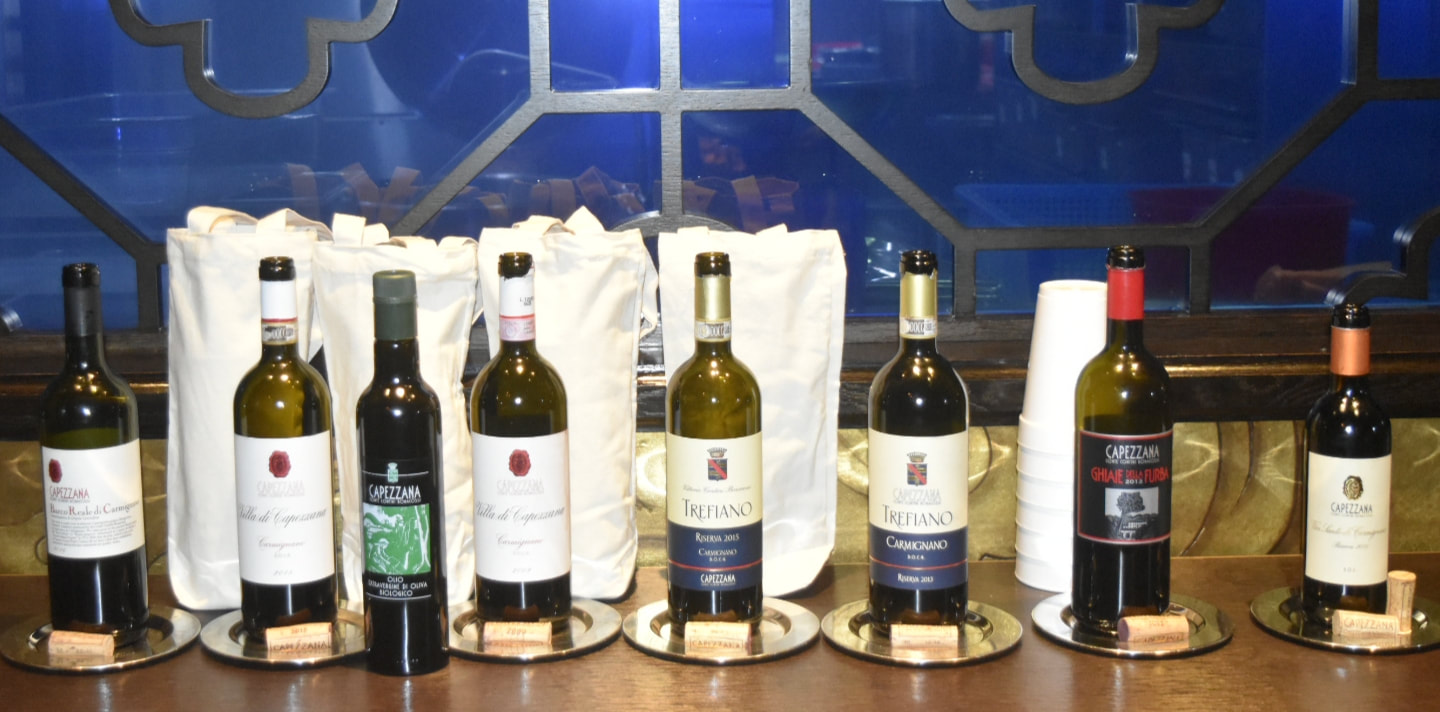 Vittorio’s wish was for all of Carmignano to become organic, so he began the process in 2008 with Capezzana. Through his determination and passion, Capezzana became fully organic and was granted organic certification beginning with the 2015 vintage. It was the first certified organic commercial winery in Carmignano. Bea stated, “I hope my brother’s dream comes true for all of Carmignano to become organic one day. It is at 50% now.” We began our exploration of the estate’s wines with a sample of their organic olive oil. The olive oil was poured into small cups and Bea showed us how to taste it. We put our hand over the top of the cup and swirled it to release the aromas. Then after breathing in the aromas, we were supposed to “slurp” a mouthful and inhale nosily in order to heighten the flavors. I don’t think anyone was very demonstrative with slurping! Organic Extra Virgin Olive Oil 2018 is a blend of 60% Moraiolo, 30% Frantoio, 5% Leccino and 5% Pendolino olives. The olive oil is superb. It has fruity and earthy aromas with a hint of artichokes. The palate offers light fruit balanced with a touch of pepper and nuttiness. This is an elegant olive oil that can be drizzled on anything. It is light enough to enhance the food but not overpower it. SRP: $38 Next, we tasted a stellar lineup of red wines served with a selection of delicious appetizers and main dishes. And I must say that all the wines complemented each course. Barco Reale di Carmignano DOC 2016 is a new vintage release made with 80% Sangiovese, 15% Cabernet Sauvignon, 10% Canaiolo, 5% Cabernet Franc. The wine is aged for 12 months in Allier barrels and then rests for a minimum of 3 months in the bottle prior to release. This is a fresh and youthful wine with intense aromas of dark cherry, berries and a hint of baking spice. It has lots of fruit on the palate with blackberry and dark cherry lingering on the finish. Nicely balanced with soft tannins. Alcohol: 13.5% SRP: $17 Villa di Capezzana DOCG 2015 is a blend of 80% Sangiovese and 20% Cabernet Sauvignon. The wine is aged in barrique and tonneaux for 12 months and then rests in the bottle for a minimum of 12 months. It has lovely aromas of floral mixed with red and dark fruit and hints of spice. The palate offers lush fruit, anisette and spice. Although this is an intense wine, it is fresh with structured tannins and a lengthy finish. Alcohol: 14% SRP: $27 Villa di Capezzana DOCG 2009 is a blend of 80% Sangiovese and 20% Cabernet Sauvignon. The wine is aged in barrique and tonneaux for 12 months and then rests in the bottle for a minimum of 12 months. This wine is rich and well structured with concentrated dark fruit both on the nose and palate. Licorice, dark chocolate and spice continue onto a long finish. Silky tannins and balanced acidity add to the richness of this wine. Alcohol: 14% SRP: $65 Trefiano Riserva DOCG 2015 is a blend of 80% Sangiovese, 10% Cabernet Sauvignon and 10% Canaiolo. The wine is aged in barrique and half new and half old tonneaux for 18 months, then rests for at least 24 months in the bottle prior to release. This is the estate’s first organic vintage. Bea said, “To honor my brother Vittorio, his name is on the bottle.” The wine has a lovely bouquet of ripe dark berries, cherry, plum and hints of pepper. Concentrated layers of ripe fruit, hints of herbs, pepper, spice and espresso envelop the palate. It is an elegant wine that is beautifully balanced. Alcohol: 14% SRP: $55 Trefiano Riserva DOCG 2013 is a blend of 80% Sangiovese, 10% Cabernet Sauvignon and 10% Canaiolo. The wine is aged in barrique and half new and half old tonneaux for 18 months, then rests for at least 24 months in the bottle prior to release. A powerful bouquet of dark and red fruit, spice and dark chocolate set the stage for a concentration of rich dark fruit led by black cherry, plum and spice. This wine is silkier than the 2015 vintage, but all the elements remain. Alcohol: 14% SRP: $55 Ghiaie Della Furba IGT 2012 is a Bordeaux-style blend made with 50% Cabernet Sauvignon, 30% Syrah and 20% Merlot. Bea said, “My father decided he wanted to make an innovative wine.” The wine was first created in 1979 by Ugo and Vittorio and was a blend of Cabernet Sauvignon, Cabernet Franc and Merlot. The blend was modified in 1998 with the addition of Syrah and today the blend is as above. The wine is aged in barrique for15 months, followed by a minimum of 12 months in bottle prior to release. Aromas of red fruit, cherry tobacco, spice and herbs are enticing. The palate offers dark and succulent fruit mixed with hints of fennel and spice. It is structured and well balanced with a long silky finish. Alcohol: 14% SRP: $60 And lastly, an elegant dessert wine was poured. Vin Santo Riserva DOC 2011 is a blend of 90% Trebbiano and 10% San Colombano. The grapes are dried through natural methods on cane matting from harvest through to the following February and then vinified in traditional small chestnut, maple and cherry casks. The wine is aged for five years and in bottle for a minimum of 3 months. Bea said, “It is a wine that doesn’t follow any pattern or rule. It is my child.” Heady aromas of perfume, almonds and candied fruit spill onto the palate with added notes of fig, spice and orange zest. This is a sweet and decadent wine that pairs well with desserts and aged cheeses. Alcohol: 14.5% SRP: $55 In addition to producing elegant and expressive wines that have finesse and structure, Capezzana also has a cooking school and wine bar on the premises. It is an “all in the family” venture.
I would like to leave you with a quote taken from Capezzana website. “The taste of the area of origin is the thing that interests us most to carry on, that is the scent of the land that enters, unique and unparalleled in our wines.” Until next time… Cheers! Penina To leave a comment or if you have an inquiry, please contact me at [email protected] Navarra is one of seventeen autonomous regions in Spain located in the north-central end of the country, southwest of the Pyrenees and adjacent to France. Navarra’s capital, Pamplona, is world-famous for the Running of The Bulls. Ernest Hemingway’s passion for watching bullfights and his curiosity about the Running of The Bulls brought him to visit Pamplona several times. After experiencing The Running of The Bulls on his trip in 1925, he began writing the novel, “The Sun Also Rises” based on real people and events that took place on that particular visit. The book was published in 1926. Navarra is not just about bulls, however. It is steeped in history, has at least fifty natural preserves, offers quality cuisine and is a D.O. (Denominación de Origen or Designation of Origin) wine region. The Navarra D.O. was created in 1933 and there are approximately 11,500 hectares of vineyards that occupy about half the area of the municipal region. Although Navarra is a small region there are three climates. The Atlantic climate is cool and humid, Continental climate is transitional with extreme winters and summers and the Mediterranean climate is semi-arid with moderate winters and hot summers Due to Navarra’s diverse topography and climate, five distinct winemaking subzones were established within the D.O: Ribera Baja, Ribera Alta, Tierra Estella, Valdizarbe and Baja Montaña. A wide range of soils can be found in each subzone, adding to the characteristics and expression of the wines produced. The principal grape varieties found in Navarra are Chardonnay, Garnacha Blanca, Malvasia, Moscatel de grano menudo, Sauvignon Blanc, Viura, Cabernet Sauvignon, Garnacha Tinta, Graciano, Merlot, Mazuelo, Pinot Noir, Syrah and Tempranillo. Wines of Navarra recently sent me two samples from the subzones of Ribera Alta and Valdizarbe. Bodega Inurrieta is a family-owned winery located in Falces, about 45 minutes south of Pamplona and is in the Ribera Alta subzone. “Inurrieta” in Spanish means “area of ants” and is a tribute to the current owners of the winery, the family Antoñana. The winery was founded in 1999. The climate in Ribera Alta is Mediterranean-Continental with very little rainfall, cold winters and hot summers. Bodega Inurrieta has 230 hectares of vineyards planted on three elevations, each with a different soil makeup. Sand and silt are on the first level, a significant amount of clay on the second level and fragmented limestone bed on the third level. They grow six different grape varieties, one of which is Sauvignon Blanc. Inurrieta Orchídea 2018 is 100% Sauvignon Blanc. The color is pale lemon with inviting floral aromas mixed with citrus, pear and pineapple. The palate offers pear, grapefruit, honeysuckle and a touch of lemon zest on the finish. It has a beautiful balance of mouthwatering acidity and a creamy mouthfeel due to four months of tank aging on fine lees. It’s very refreshing and the value is amazing! Alcohol: 13% SRP: $12 Bodegas Nekeas, once a cooperative in the valley, (The Valley of Nekeas) is now a privately owned winery located in Añorbe, a municipality in the subzone of Valdizarbe. It’s origins date back to the 15th century but it was brought back to life in the 1960s. All eight founding families remain in control today. Valdizarbe is at the northern boundary of D.O. Navarra’s vineyards. The subzone climate is humid and lush with greenery and vegetation. Soil type in the vineyards is dependent upon the elevation. Bodegas Nekeas has 560 acres of planted vines where they grow both indigenous and international grape varieties. Bodegas Nekeas El Chaparral de Vega Sindoa 2016 is 100% Garnacha. El Chaparral is named after a small Spanish oak tree called Chaparro that surrounds the area where the vineyards are found. The grapes for this wine were hand harvested from vines between 85 and 110 years old that are situated in the Valley of Valdizarbe at an altitude of 1,800 – 2,000 ft. It is believed that these Garnacha plots are the most northern in Spain and the closest to the Atlantic Ocean. The climate here is Continental with both Mediterranean and Atlantic influences. The wine was aged for five months in new and used French oak.
The color of the wine is dark ruby bordering on garnet. Aromas of raspberry, sweet flowers and spice segue onto the palate with red plum, baking spice, vanilla and a touch of pepper on a long finish. The wine is perfectly balanced and is rich and smooth with a playful mouthfeel. Alcohol: 15% SRP: $15 Both wines are light and easy to drink and will pair well with an array of food from fish to meat. I’m looking forward to tasting more wines from the other subzones of Navarra. So much to explore! Until next time… Cheers! Penina To leave a comment or if you have an inquiry, please contact me at [email protected] It’s springtime and everyone is opening up bottles of white, rosé and sparkling wines to celebrate the warm weather and Mother’s Day this weekend! I, on the other hand, opened a bottle of red wine to sate my curiosity and palate! In 2014, I opened one of two bottles of 1997 Estancia Meritage Alexander Valley that I had tucked away in my cellar. It was quite good considering how old it was so I decided to wait a year or two before opening the second bottle. However, I forgot all about the wine until I stumbled upon it today while looking for another wine. I never intended to wait this long before opening it and now I wasn’t sure what I would find after 22 years had passed since the grapes were harvested. Alexander Valley appellation is at the northern end of Sonoma County and is home to many microclimates, but overall a Mediterranean climate dominates the region. Elevations range from 400 to 2500 feet and soils are rocky and diverse. Cabernet Sauvignon and Chardonnay are the most widely planted grapes here, but many other varieties such as Zinfandel, Merlot, Pinot Noir, Riesling and Sauvignon Blanc also grow in this appellation. Estancia Meritage Alexander Valley 1997 is a Bordeaux-style blend of 59% Cabernet Sauvignon, 30% Merlot and 11% Cabernet Franc. The wine is aged in American oak for 20 months, of which 57% is new oak. I was not surprised that the cork decided to crumble when trying to remove it, so I decanted the wine through a strainer. I was happy to see that the wine was a rich garnet color with encouraging fruit aromas as I decanted it. Luscious aromas of dark cherry, black plum, earth and hints of spice greeted me. My palate was treated to a surprising amount of fruit, spice, dried cranberry, fennel and pepper. The wine was silky with a soft but lengthy finish. Wow! This wine may be past its best, but it is still very drinkable and I am impressed! This was quite a treat! The back label has a quote from David Perata, Alexander Valley Vineyard Master. "This Bordeaux-style blend is a sophisticated and elegant expression of the highest quality fruit from the Alexander Valley." Yes, indeed! Alcohol: 13.5% And now on to the rosés and sparkling wines to celebrate Mother’s Day!
Until next time… Cheers! Penina To leave a comment or if you have an inquiry, please contact me at [email protected] You might be wondering what Malbec World Day is and why it’s celebrated on April 17th. I was curious as well, so I did a little research. In 2011, Lis Clément who at the time was head of Marketing and Communications of Wines of Argentina established Malbec World Day. Her goal was to communicate to the world that Malbec was the “pearl” of Argentina. April 17th is significant because it commemorates the day back in1853 when Argentina’s president, Domingo Faustino Sarmineto formally began his quest to transform Argentina’s wine industry. Today, Argentina is the leading producer of Malbec in the world. And according to Wines of Argentina, it has over 97 acres of vineyards planted across the country. To get in the spirit of Malbec World Day, I was sent a few bottles of wine to review from Bodega Colomé winery situated in the Upper Calchaquí valleys in the Salta region of northwestern Argentina. Bodega Colomé is considered one of the highest altitude wineries in the world ranging from 2300 to 3111 meters above sea level. The estate was founded in 1831 and is one of the oldest running wineries in Argentina, which is now owned by the Hess Family since 2001. The high altitude, maximum sun exposure and extreme day to night temperatures of up to 36-degree difference in the Salta region create a perfect scenario for producing intense and expressive wines of Torrontés and Malbec, the signature grape varieties of this area. Colomé Estate Malbec 2016 is 100% Malbec blended from four estate vineyards. Colomé vineyard surrounds the winery at an altitude of 2300 meters and represents 65% of the blend. El Arenal vineyard is at 2700 meters and represents 25% of the blend, followed by Altura Máxima vineyard at 3111 meters and La Brava vineyard at 1700 meters, each contributing 5% of the blend. The wine is aged for 15 months in French oak barrels and 6 months in the bottle. Dark purple in color, the nose is greeted with intensely dark and red fruit aromas, floral notes and spice. The palate offers sumptuous flavors of blackberry, blueberry, violet, nutmeg, dark chocolate and a hint of pepper. Tannins are medium with a velvety mouthfeel. This is a beautiful wine to drink now and it will only get better with age. Alcohol: 14.9% SRP: $25 Colomé Auténtico Malbec 2017 is 100% Malbec. The grapes are grown at an altitude of 2300 meters and harvested from vineyards over 100-years-old. The wine is produced in the old winemaking style, using ancient techniques such as pigeage and no oak influence. This is another intensely dark purple color with aromas of dark fruit, cherries, sweet spice and a hint of floral. The palate is lush with concentrated dark fruit, baking spice, sweet plum and the slightest hint of pepper on the finish. It is fresh and crisp with soft tannins and a lengthy finish. This wine has lots of energy and is truly expressive of the terroir. Alcohol: 14.5% SRP: $30 Although this story is about Malbec World Day, I would be remiss if I didn’t introduce another aromatic and flavorful flagship white grape of this region. Colomé Torrontés 2018 is 100% Torrontés and harvested from the La Brava vineyards. Due to the microclimate, solar exposure and altitude, the grapes make expressive wines that are aromatic and have great acidity. The color of this wine is pale lemon with heady floral aromas of rose petals, peach and hints of citrus and apricot. Perfume, honeydew, pear, grapefruit and a trace of sweet spice linger on a long finish. This is a beautifully balanced wine with fresh acidity. It was quite enjoyable as an aperitif! Alcohol: 13.5% SRP: $15 So, on April 17th, open a bottle of Malbec and savor this full-bodied wine with its rich fruit flavors and you’ll see what the celebration is all about!
Until next time… Cheers! Penina To leave a comment or if you have an inquiry, please contact me at [email protected] As I turned up the heat this morning, I reminded myself that spring is just around the corner. I’m longing for warm and sunny days that don’t require coats, boots and gloves! Knowing it was going to be a fireside evening, I decided to open a red wine that was tucked away from our restaurant days. Although I had lots to choose from I zeroed in on a bottle of 2004 Les Ruchets Cornas from Jean-Luc Colombo winery located in the northern appellation of Cornas in the Rhône Valley, France. Jean-Luc’s background is far from boring. As a child, he spent a lot of time helping his mother in her restaurant in Marseille where he was always surrounded by good food and wine. Growing up with a successful restaurateur certainly had its advantages! Jean-Luc went on to receive a pharmacy degree where he combined his love of Syrah and science by creating a wine laboratory in 1984 with his wife Anne called Centre Oenologique des Cotes du Rhone. Jean-Luc quickly established himself as a wine consultant for wineries throughout the Rhône Valley, including many top domaines. Today, Jean-Luc and Anne produce wines from vineyards in the Rhône Valley, the Languedoc and Provence, with the core of the Colombo winery situated in Cornas. Their daughter Laure joined the family in 2010 as their winemaker. Cornas is the smallest appellation in the Rhône Valley consisting of approximately 300 acres and is dedicated to producing only red wine from the Syrah grape. The Mediterranean climate and decomposed granite soils contribute to the richness and character of these wines. Jean-Luc’s first vintage of Les Ruchets Cornas was in 1987 and it remains his flagship wine today. Jean-Luc Colombo Cornas Les Ruchets 2004 is an impressive wine that after 15 years is still powerful and expressive. It is 100% Syrah made from very old vines that are over 90 years old. As I poured this garnet colored wine into my glass seductive aromas of dark berries, spice, floral and hints of herbal notes greeted me. My first sip confirmed that I was in for a royal treat. I patiently allowed the wine to open and then rewarded my palate with layers of berries, plum, earth, cedar, spice and a lengthy jammy finish sprinkled with pepper. It had a silky mouth-feel with soft tannins. After drinking this wine, I’m inclined to purchase a few newer vintages to drink in about 10 years or so! Cheers to Jean-Luc Colombo and his family! Alcohol: 14.5% It is the countdown to spring and I am ready to embrace it!
Until next time… Cheers! Penina To leave a comment or if you have an inquiry, please contact me at [email protected] |
Categories
All
|
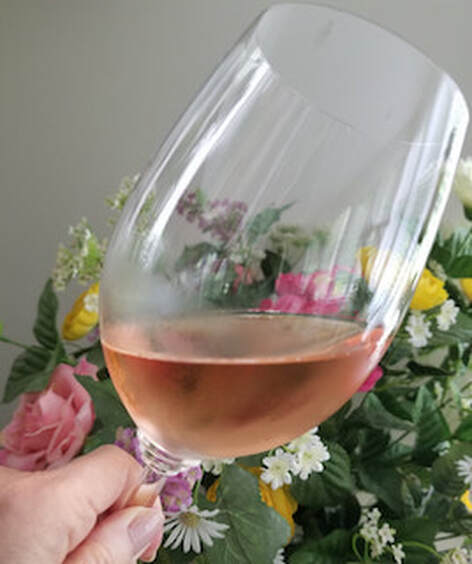
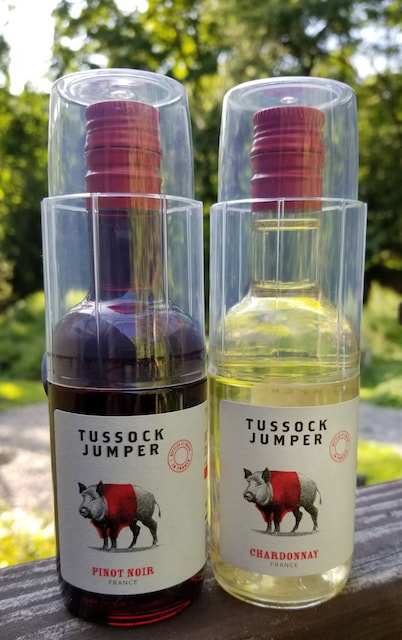
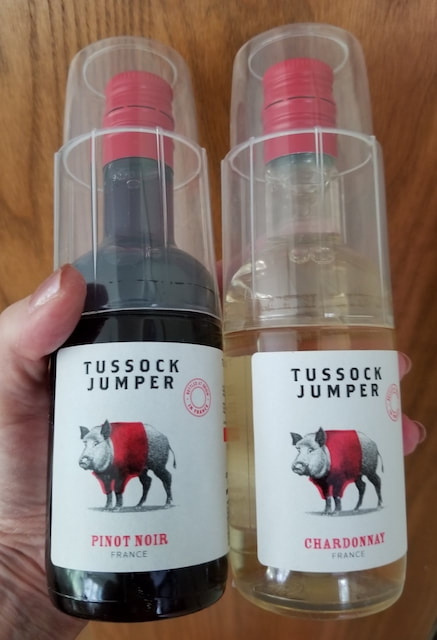

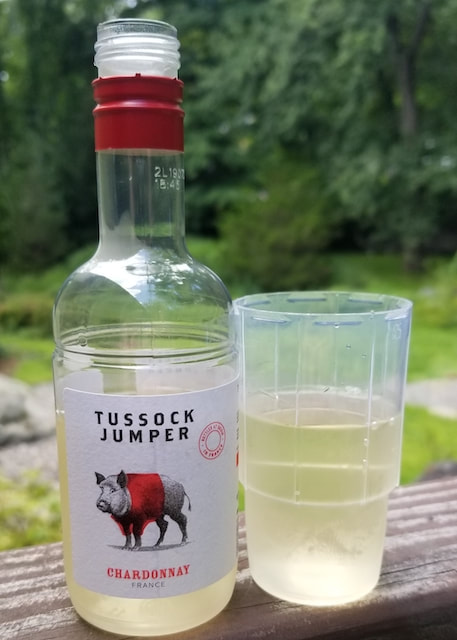
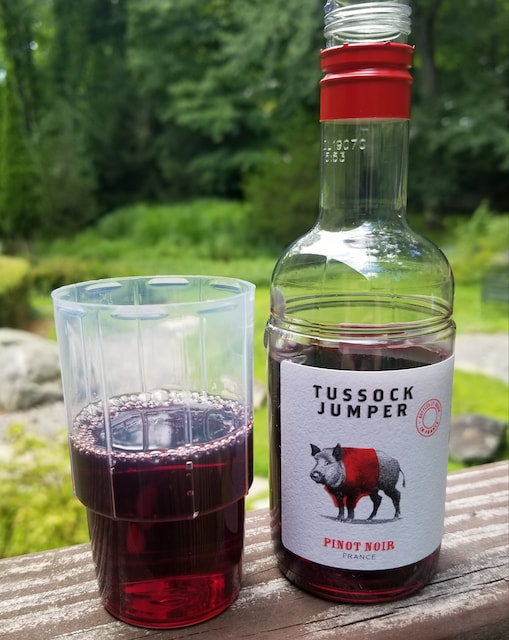
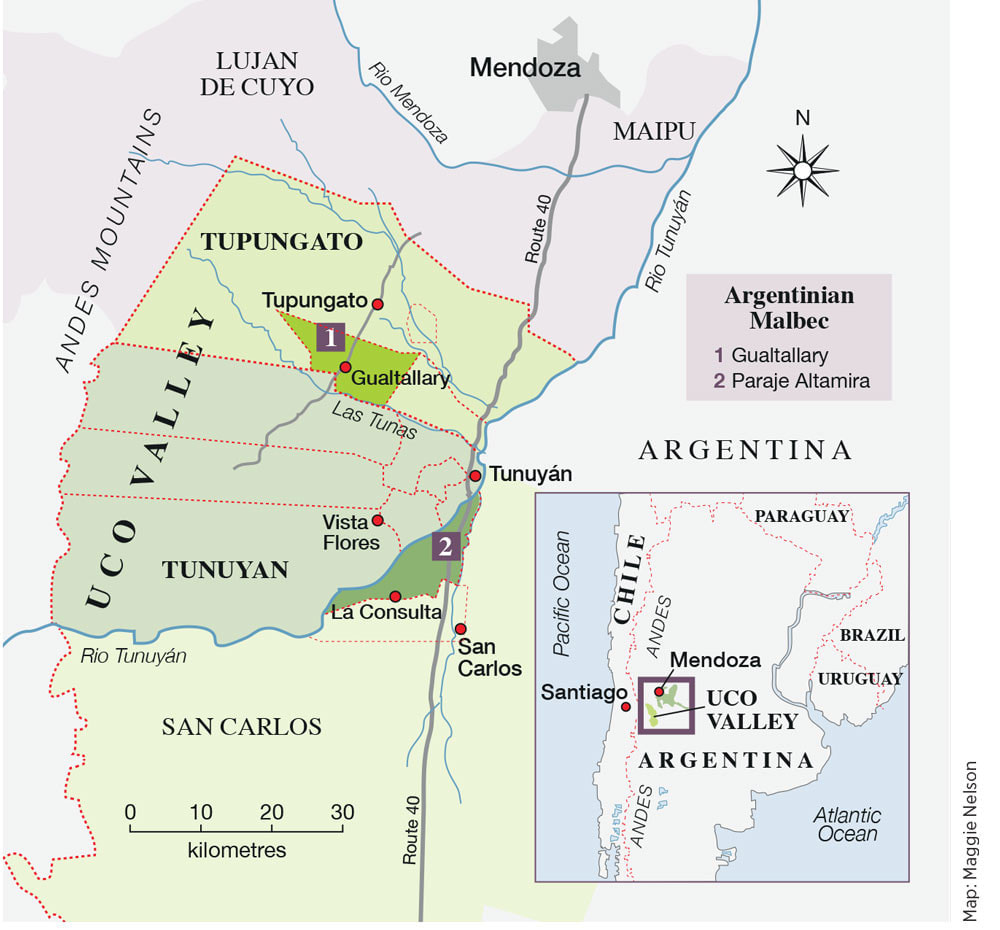
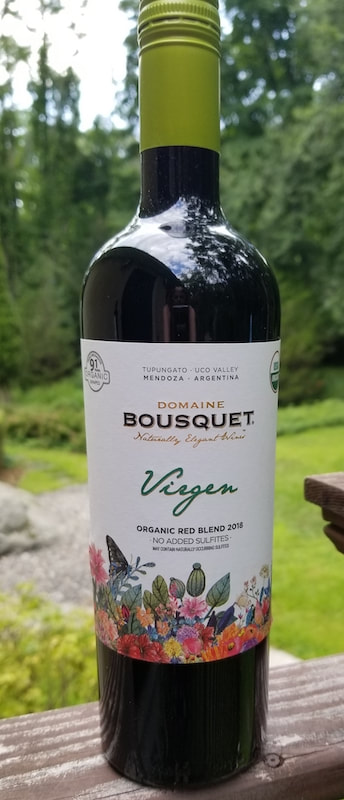
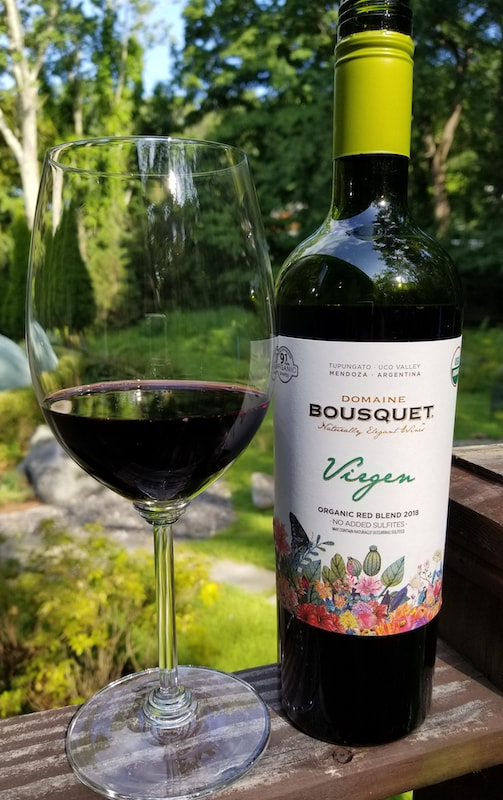
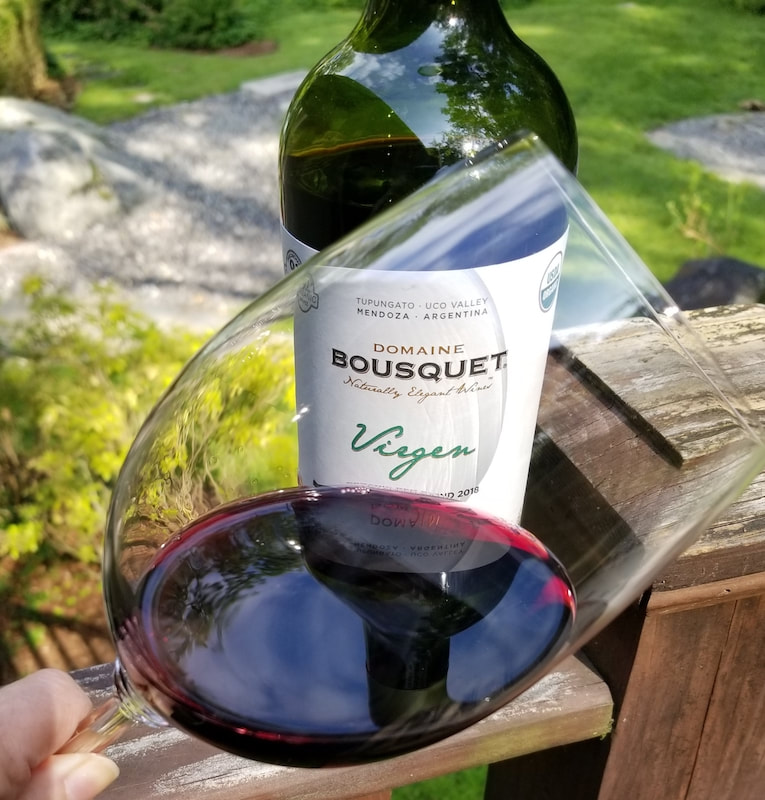
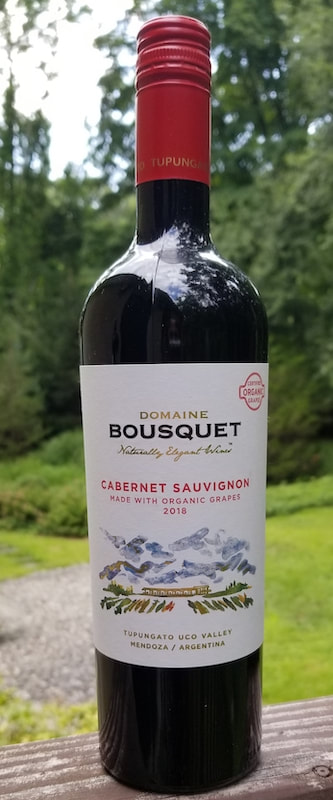
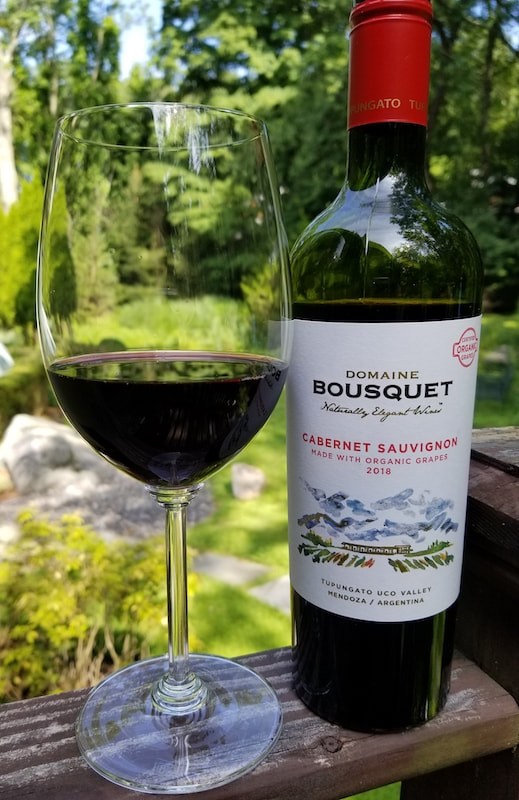
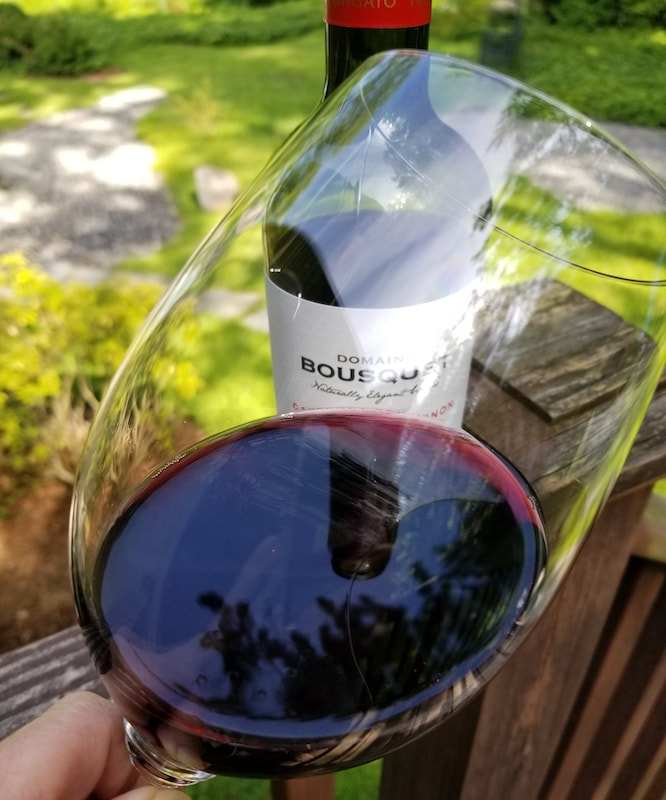
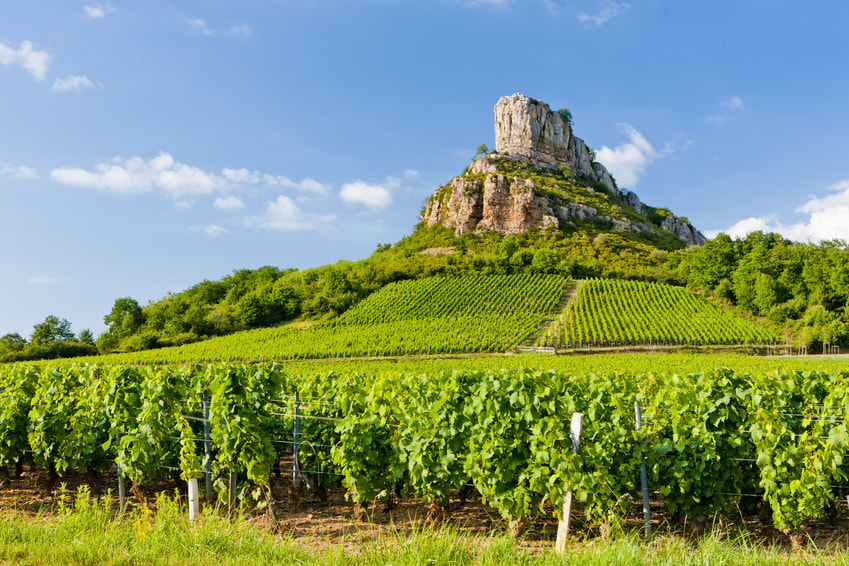
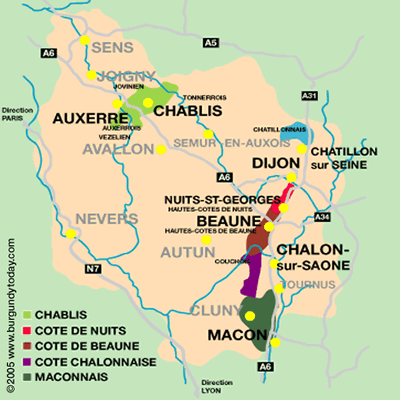
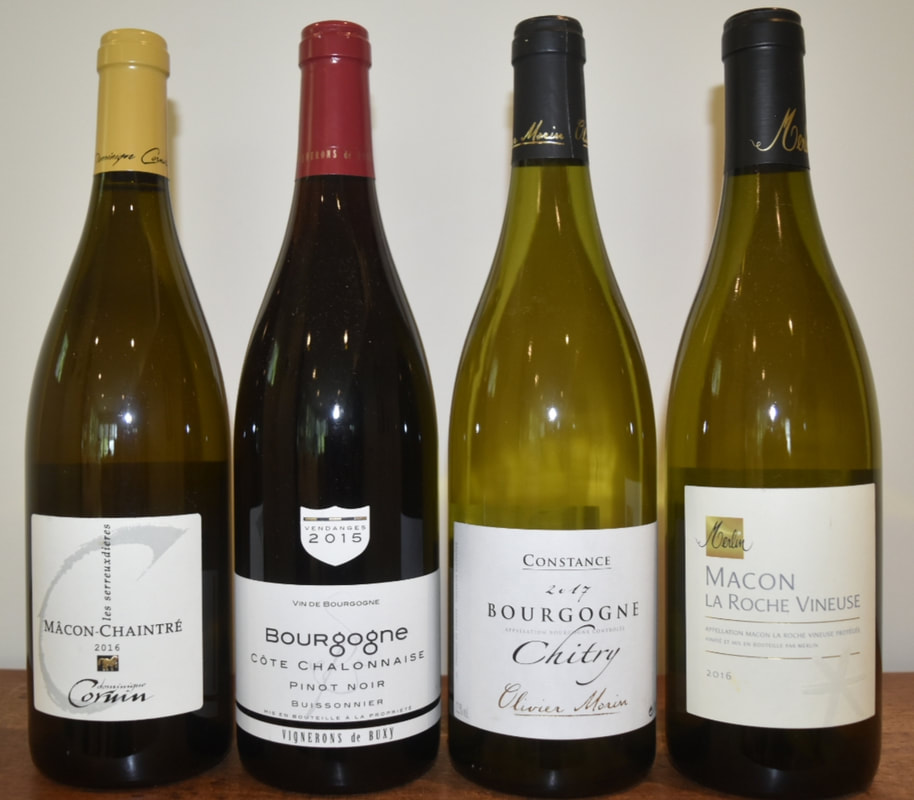
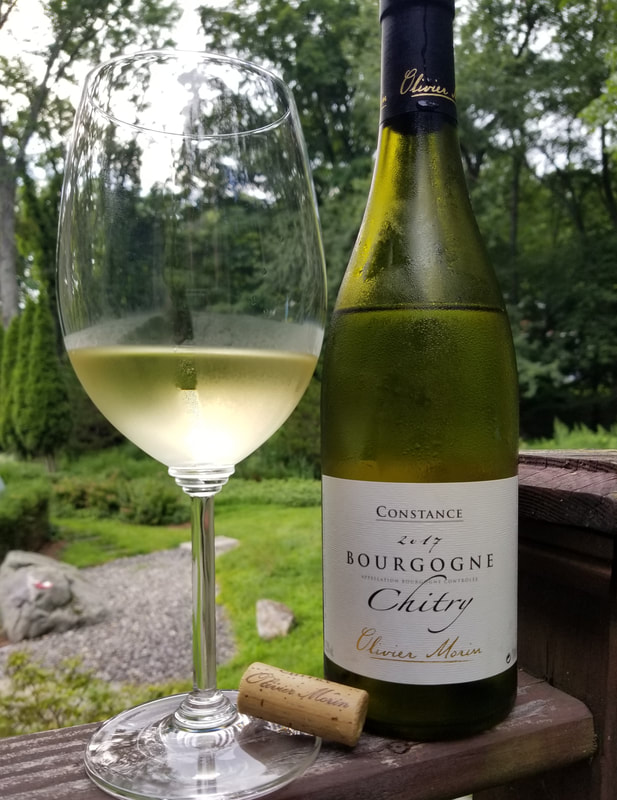
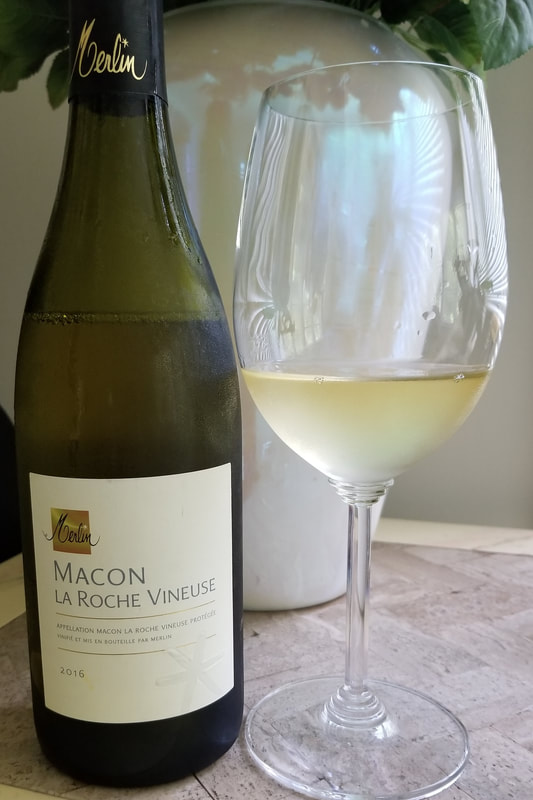
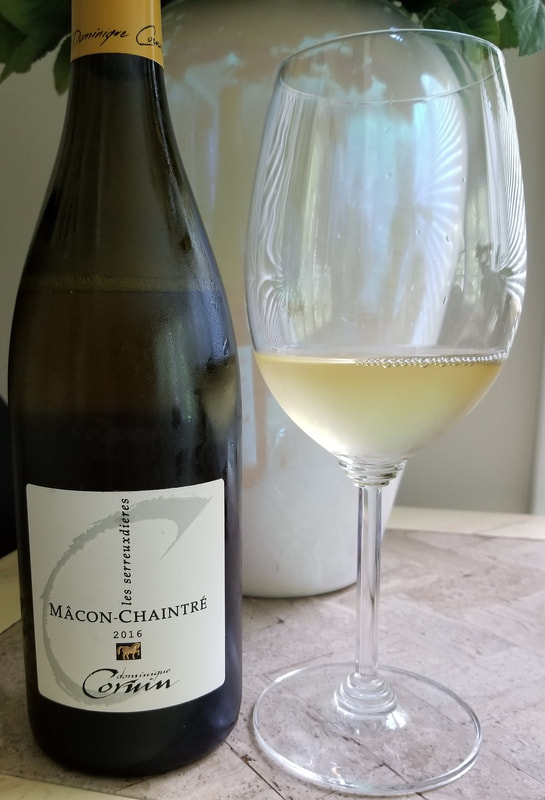
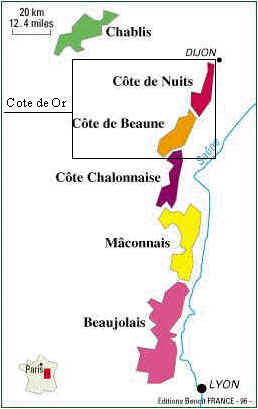
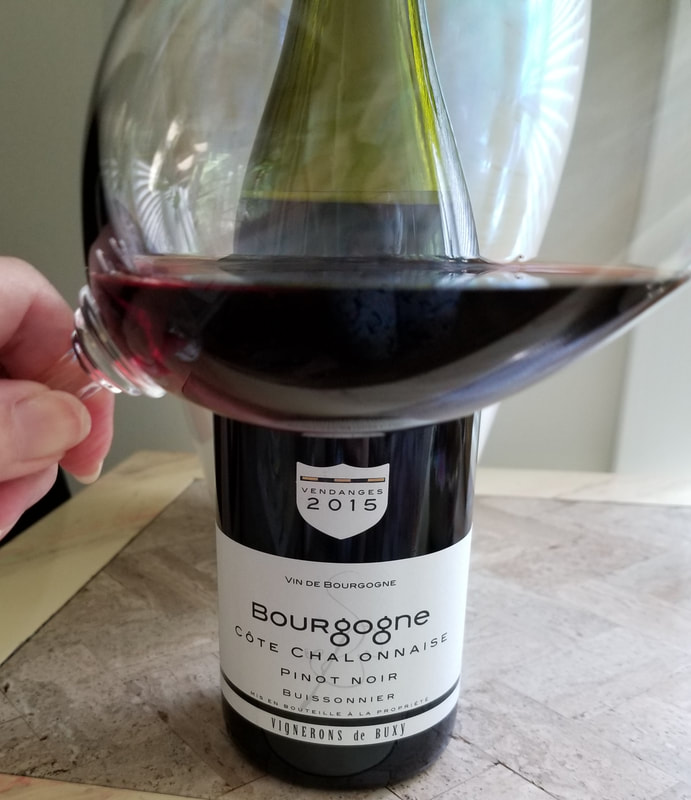
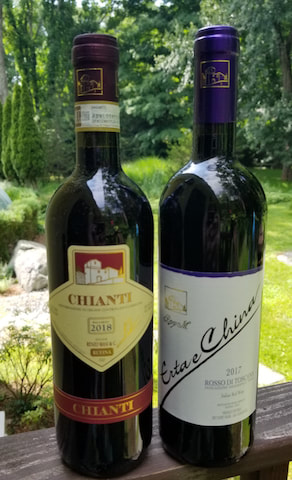
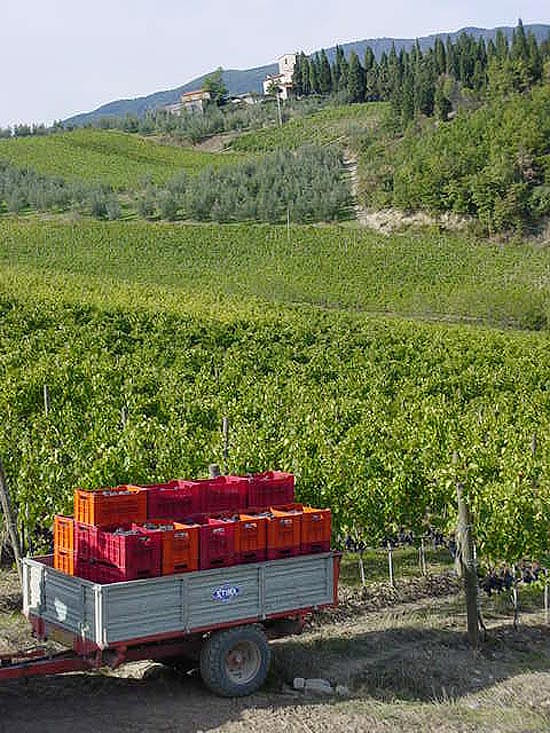
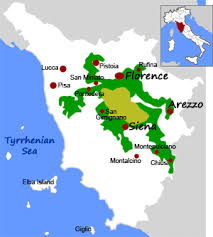
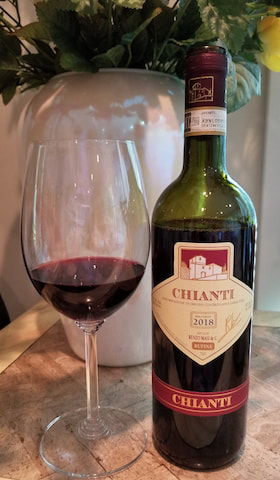
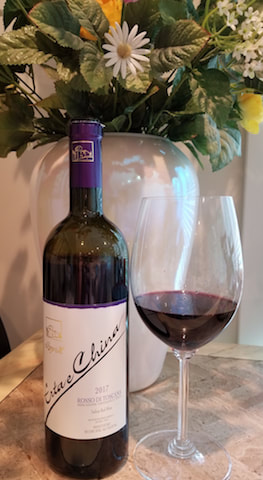
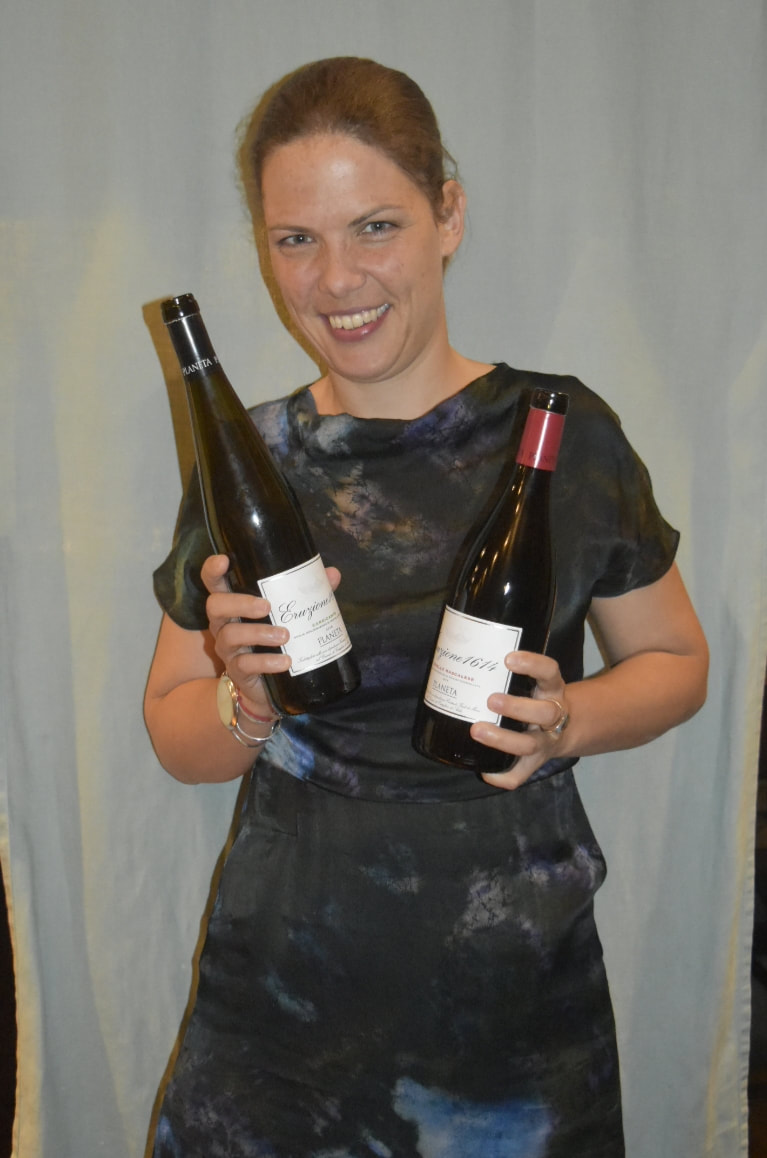
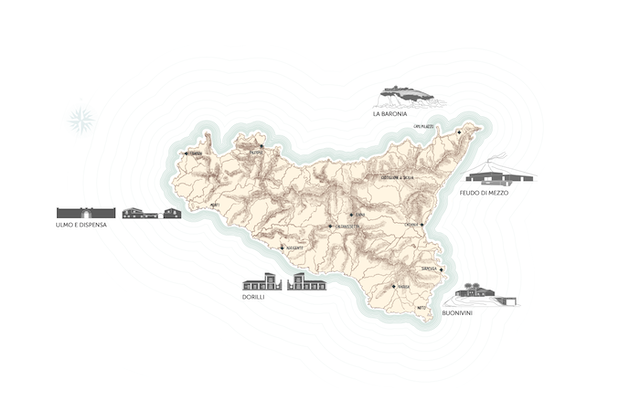
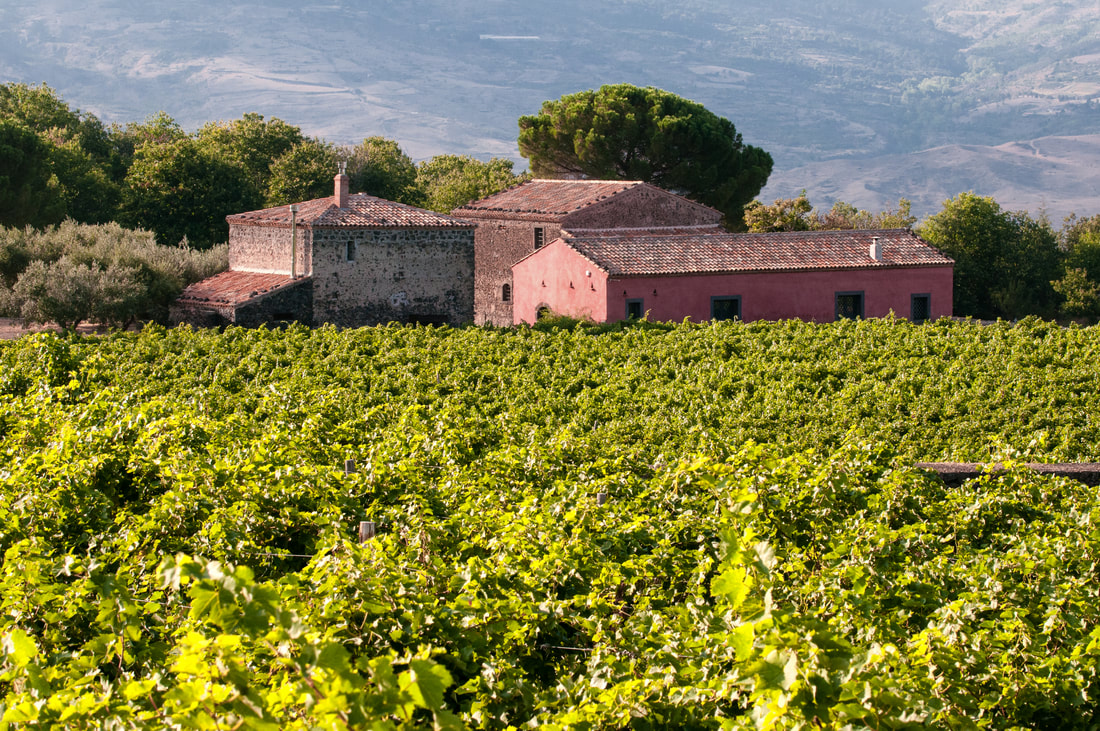

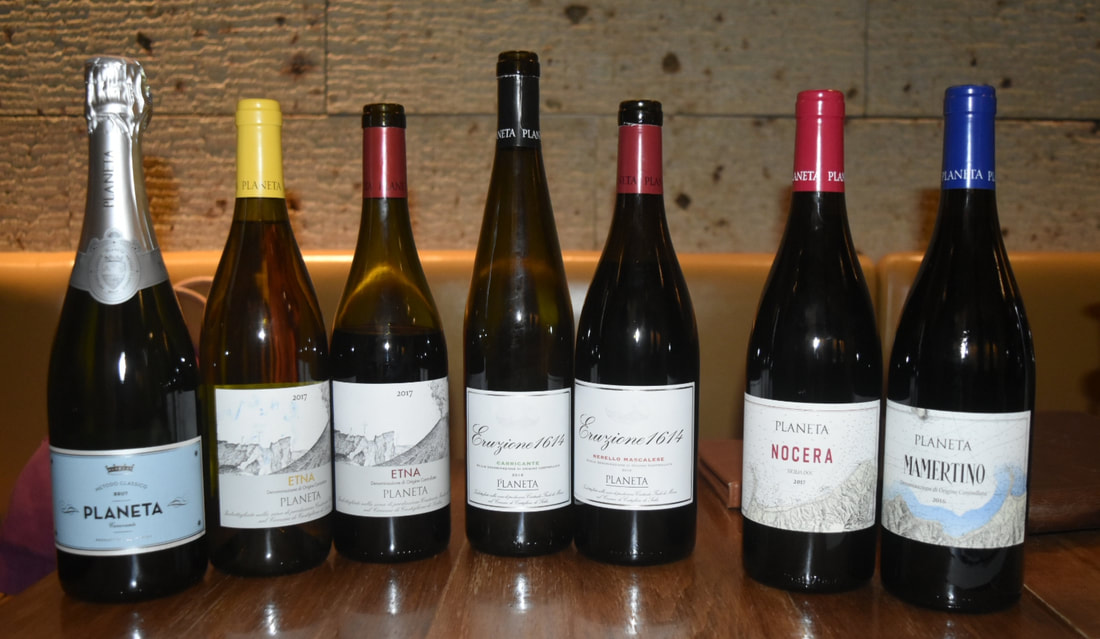
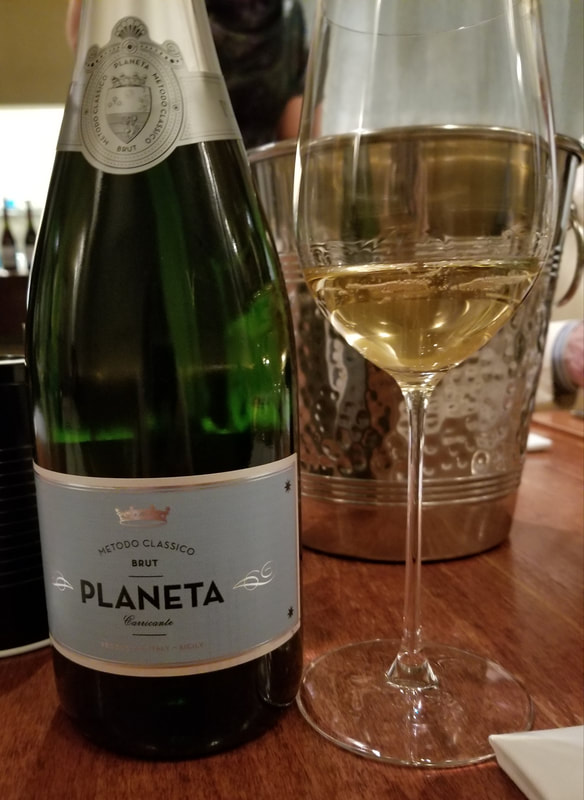
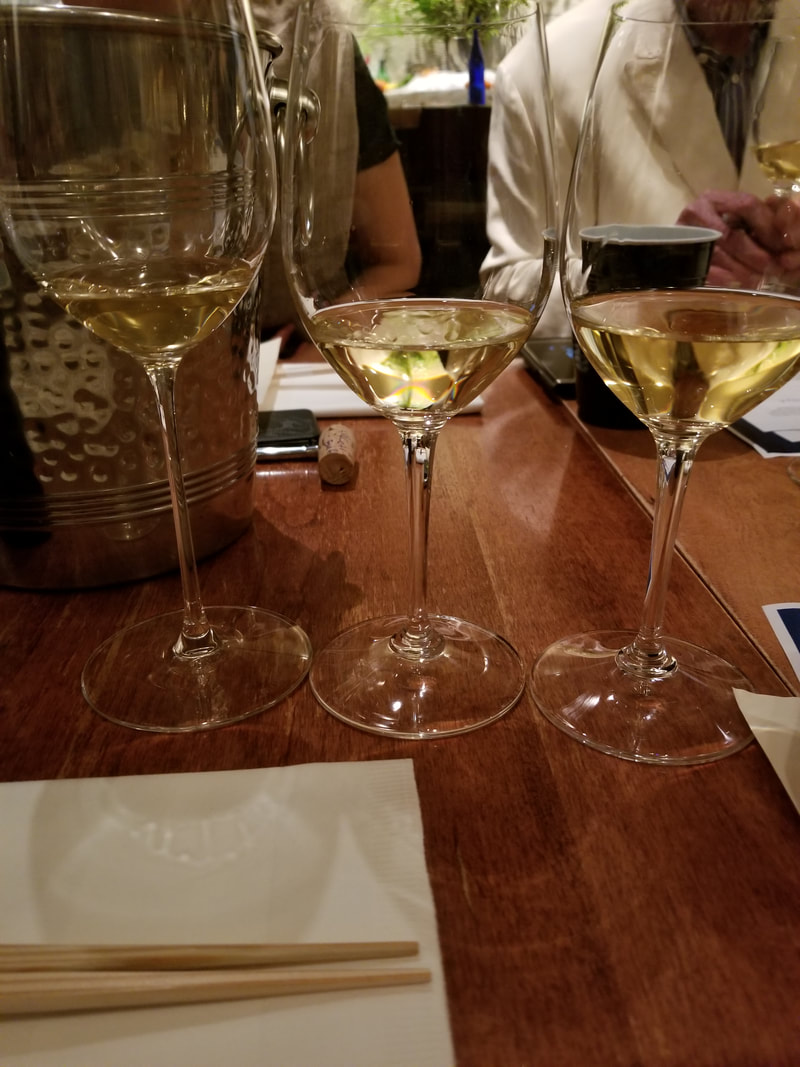

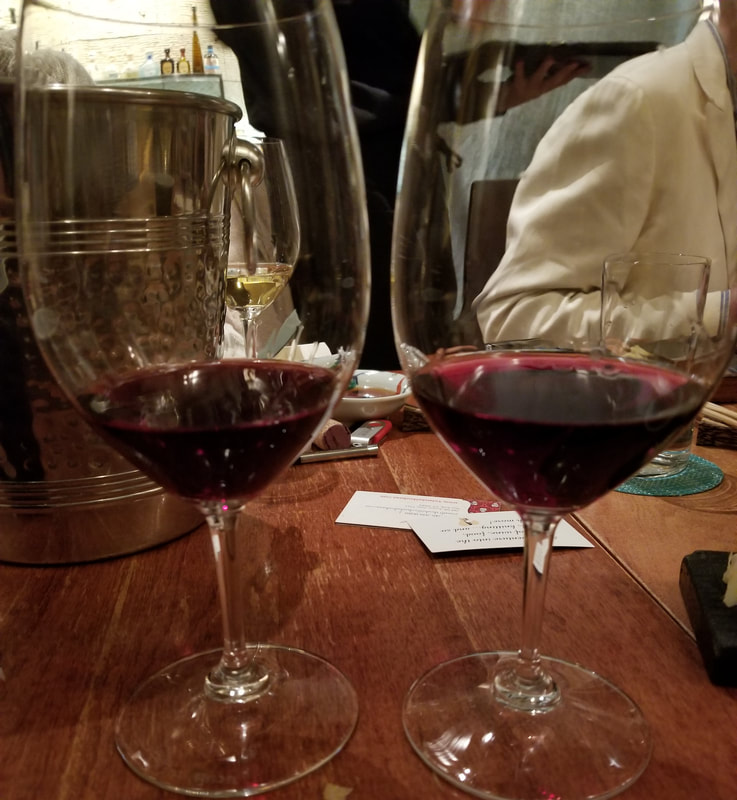
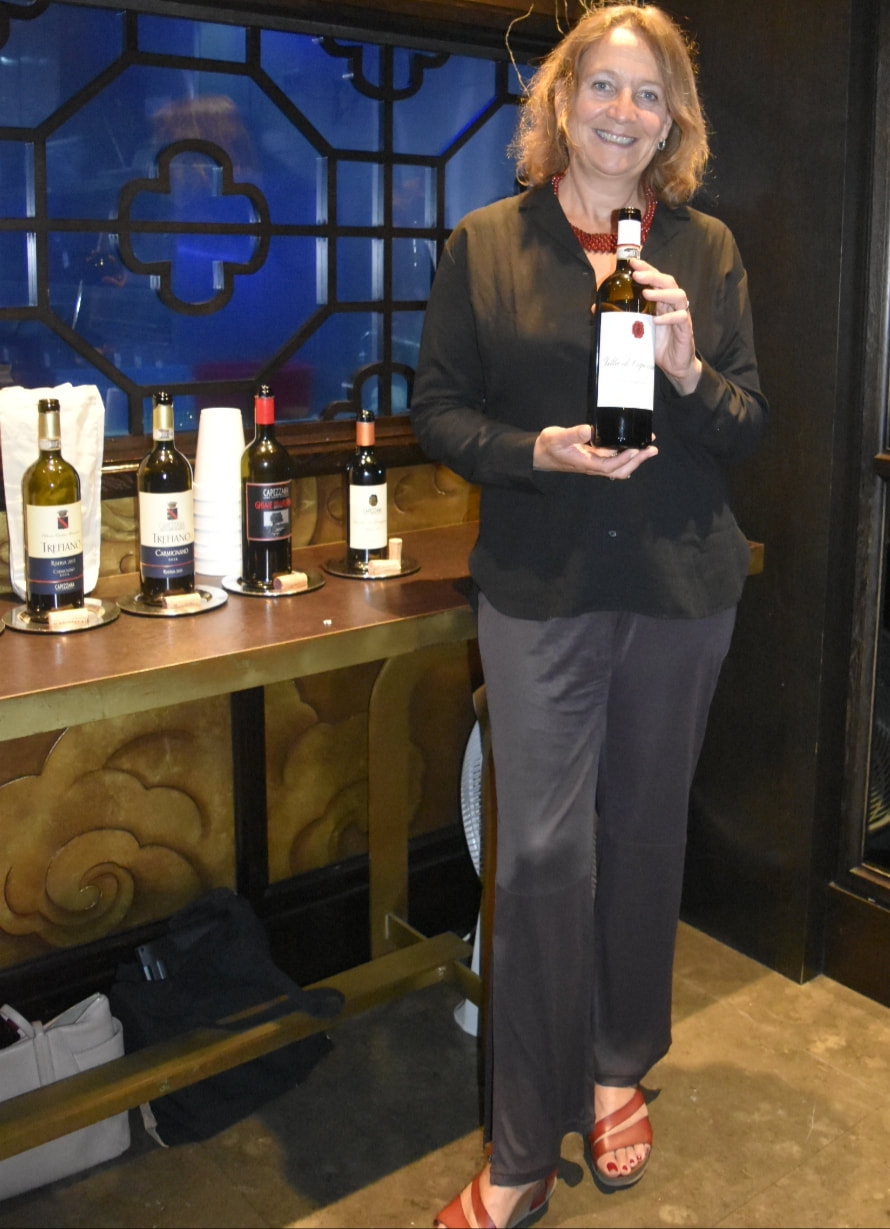
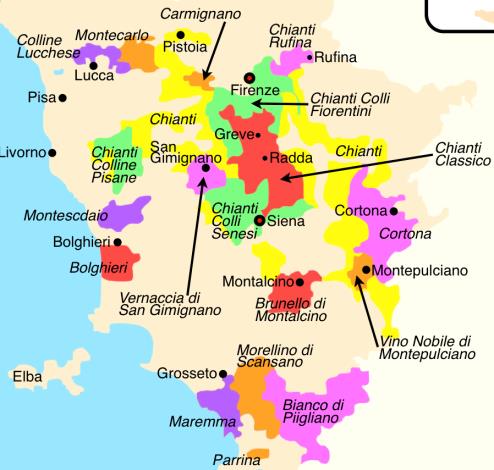
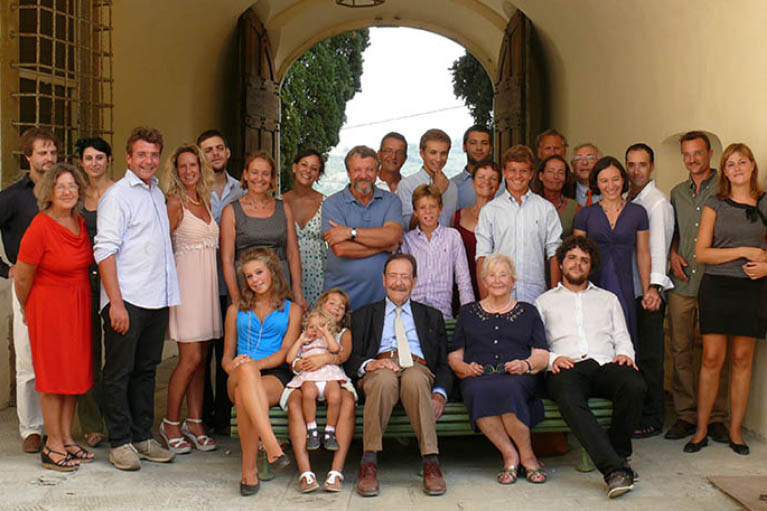
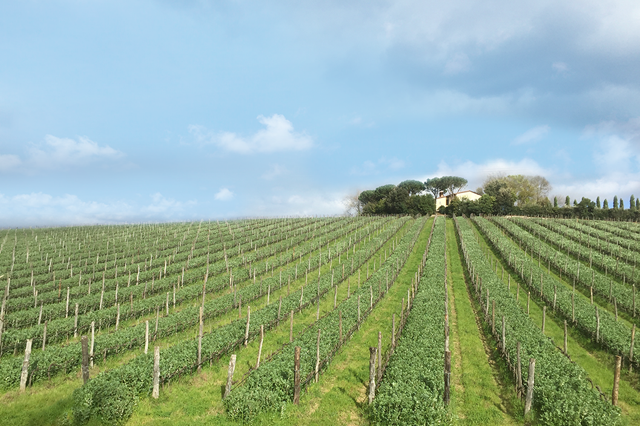


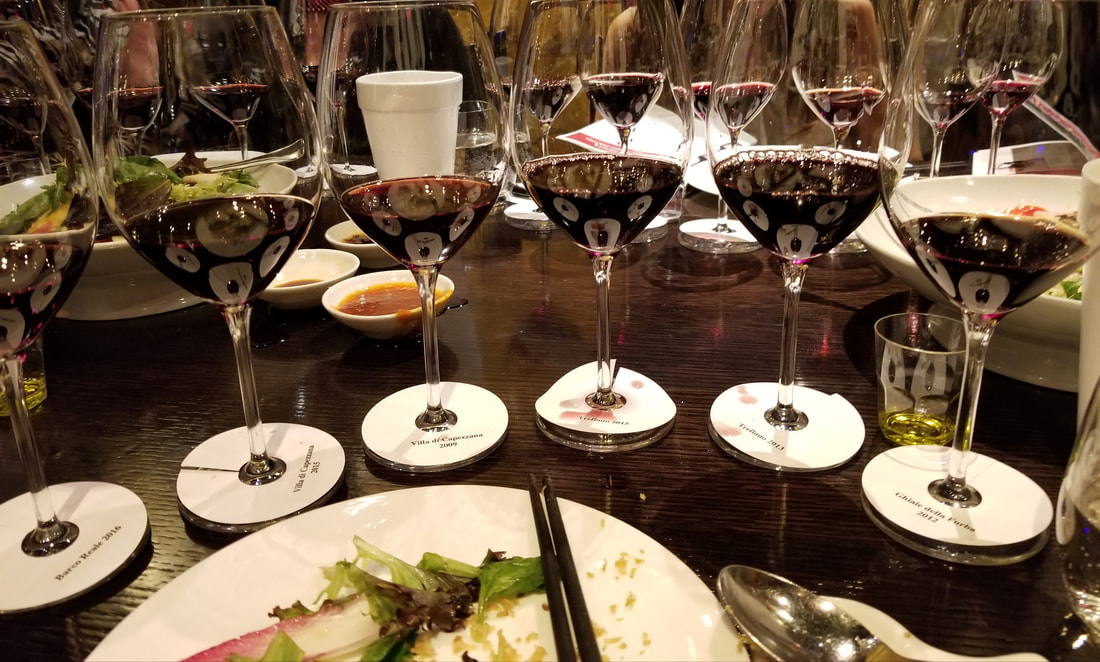
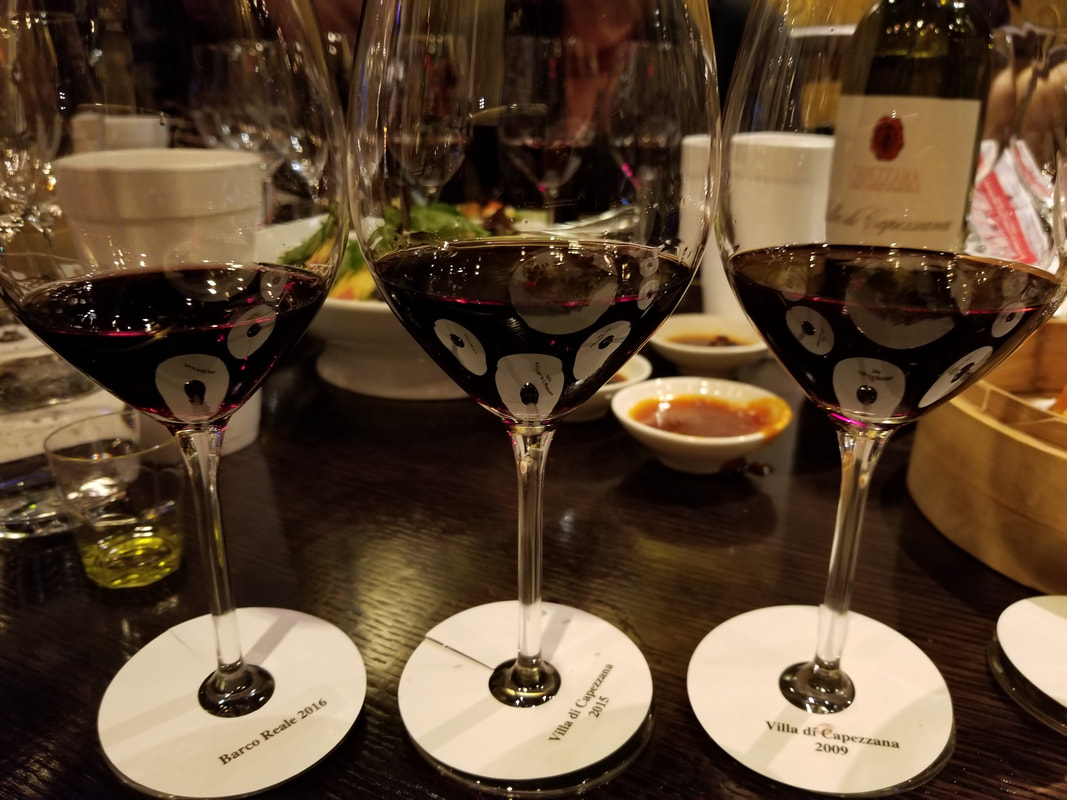
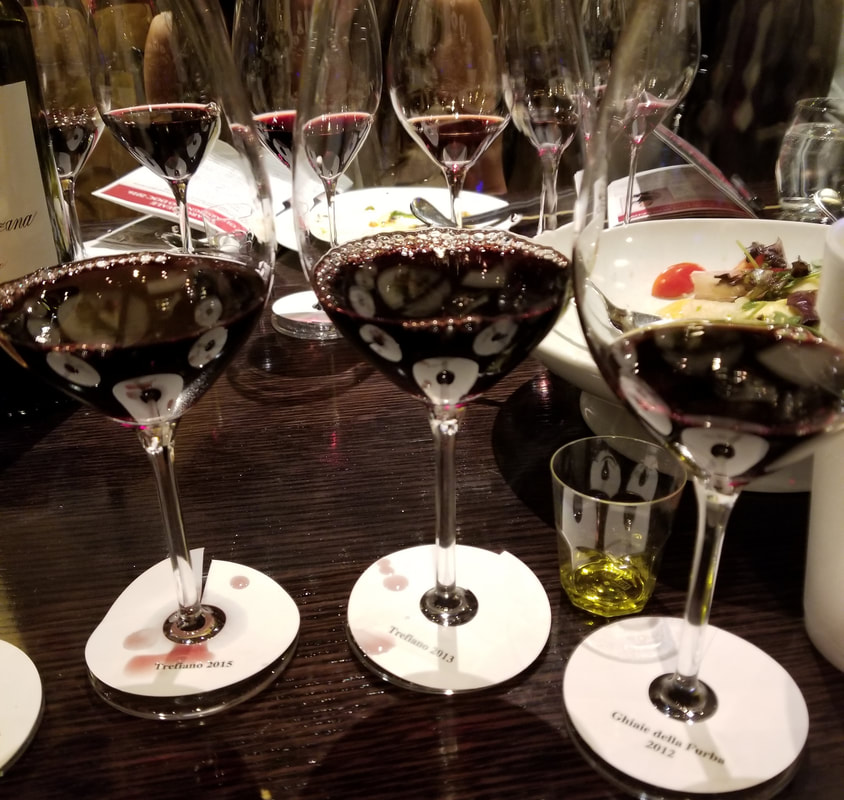
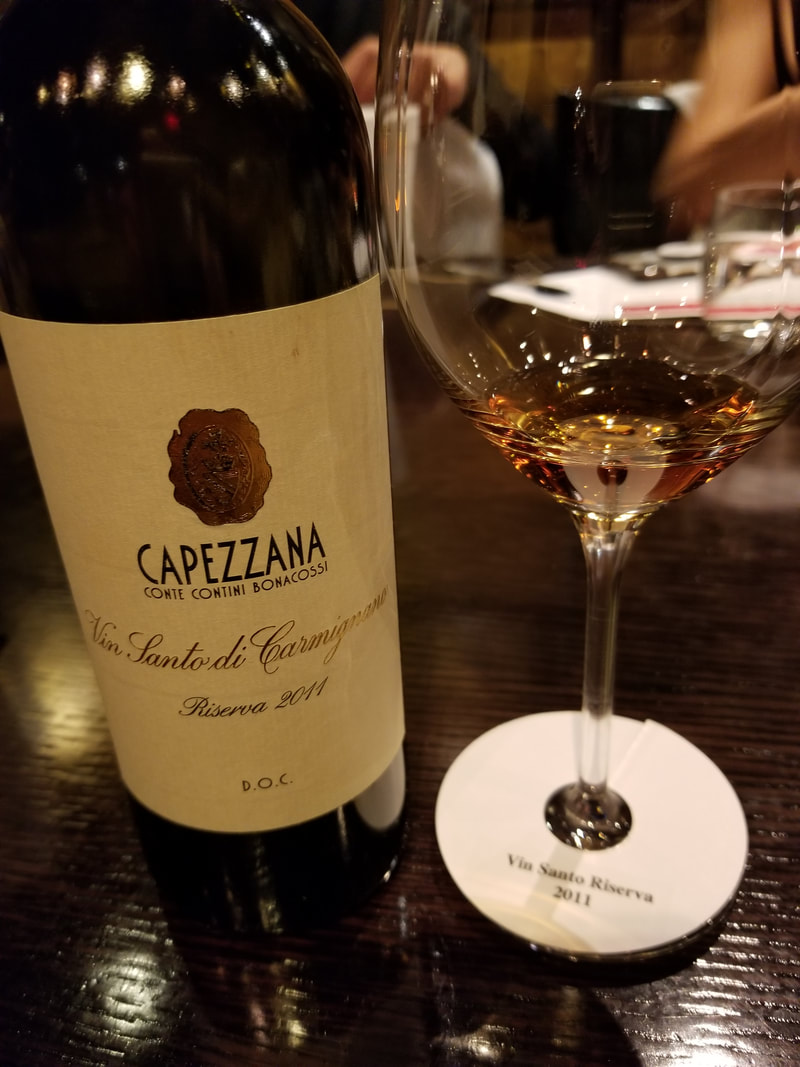
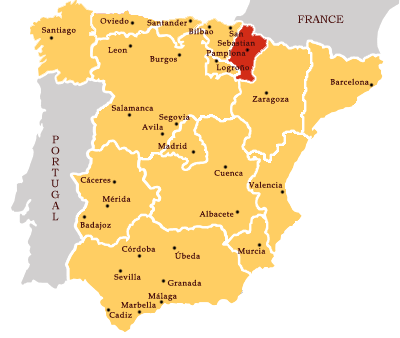
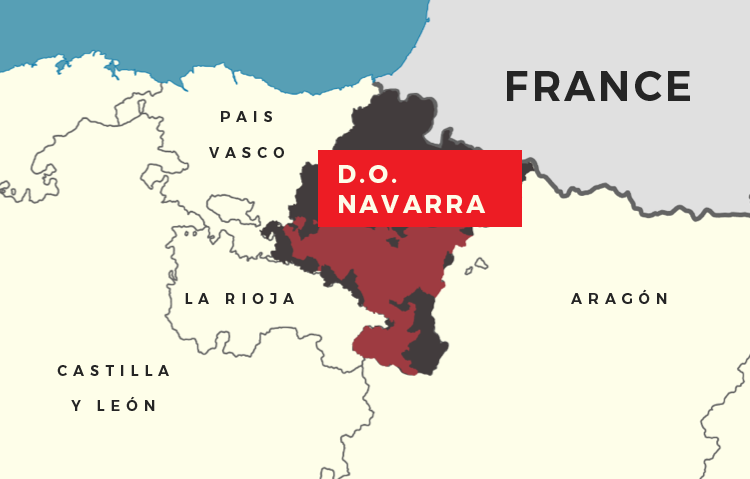
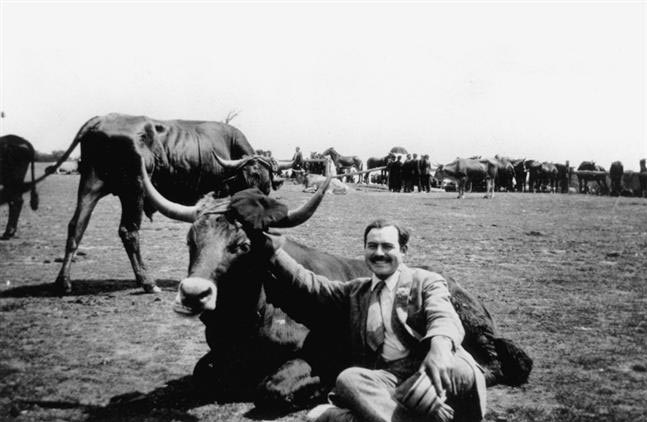

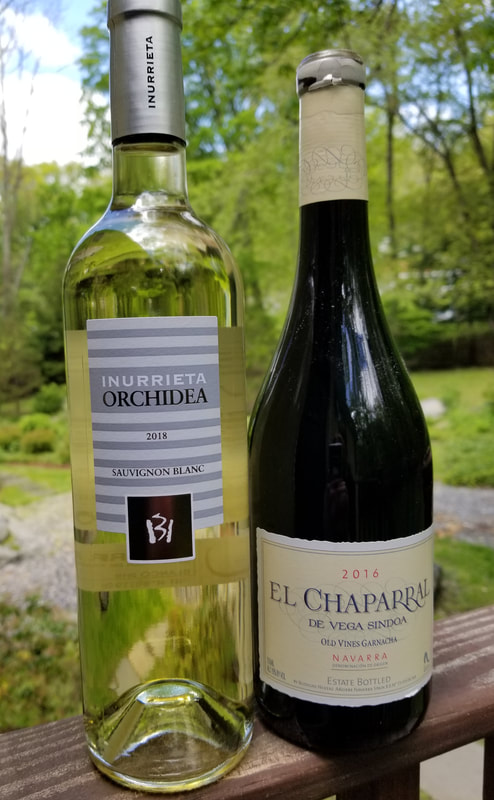
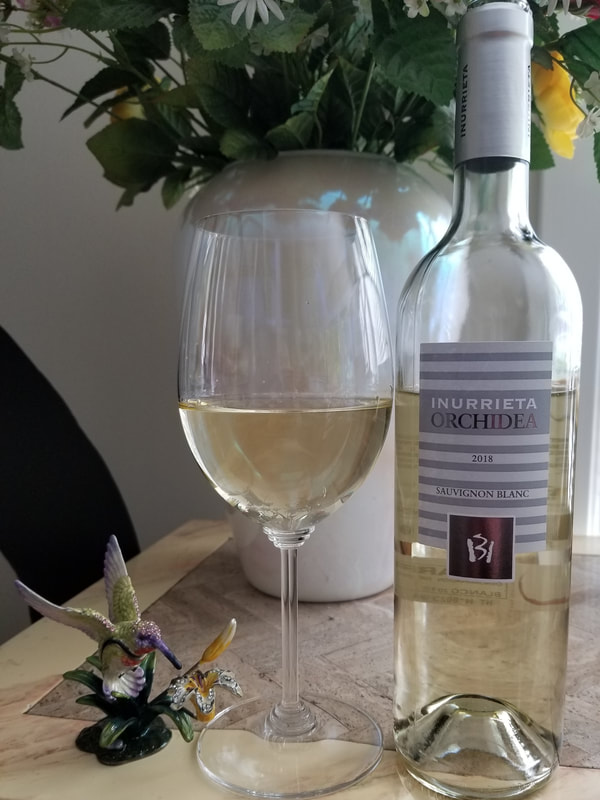
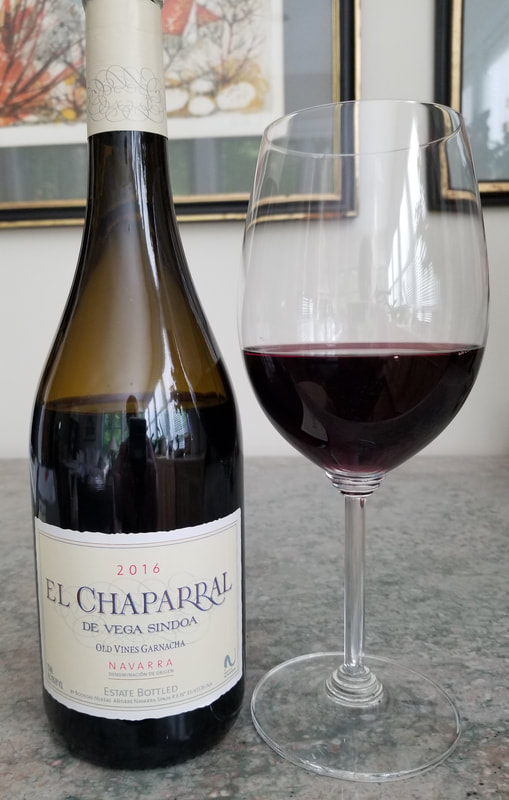
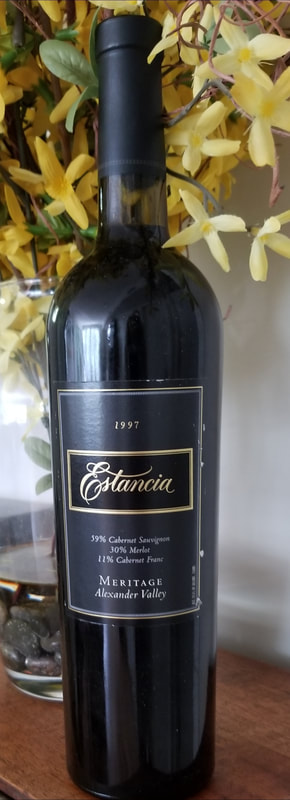

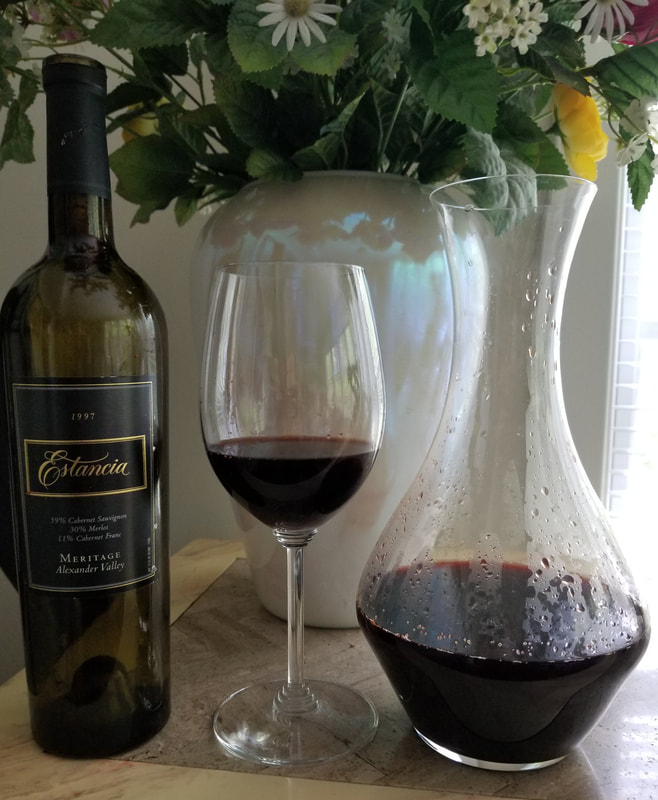
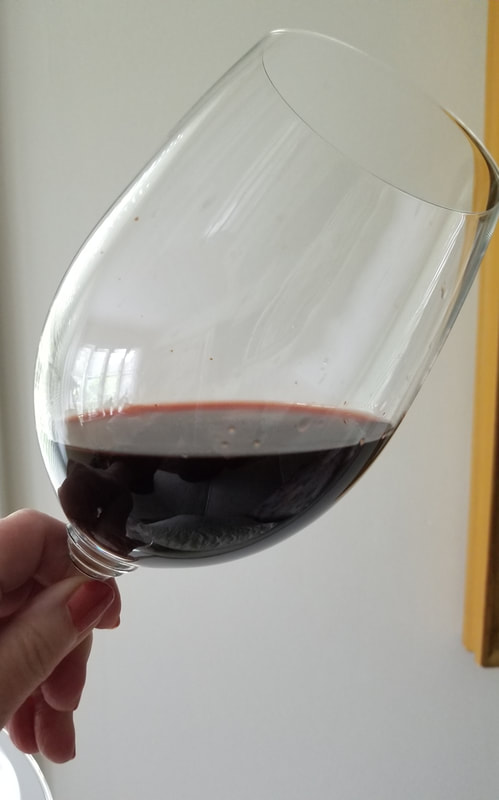
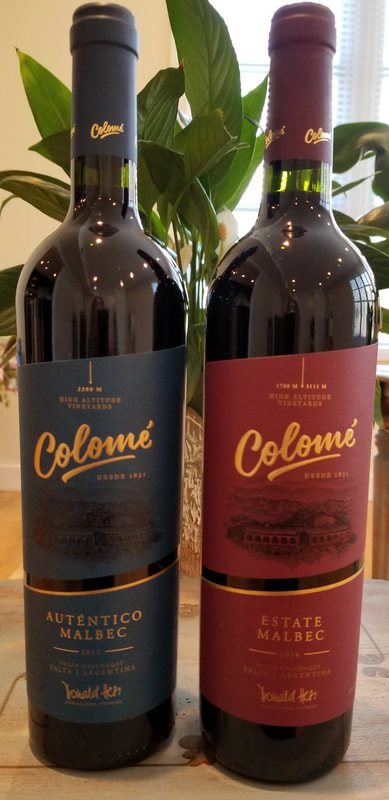
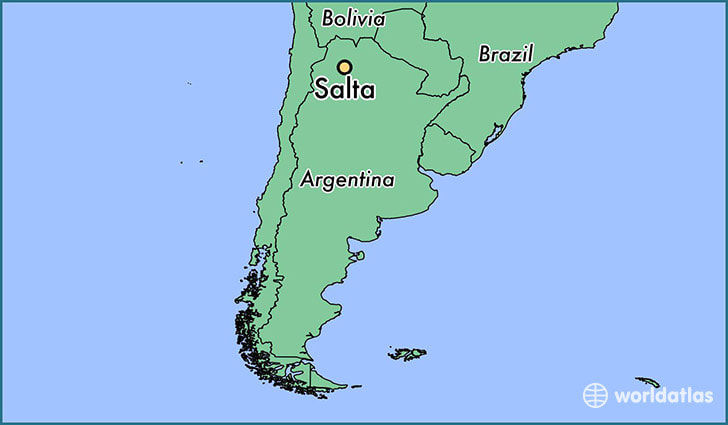
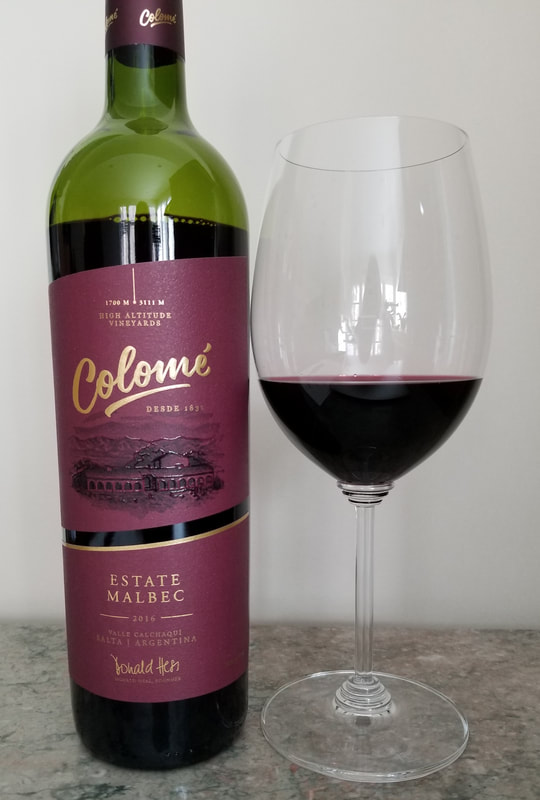
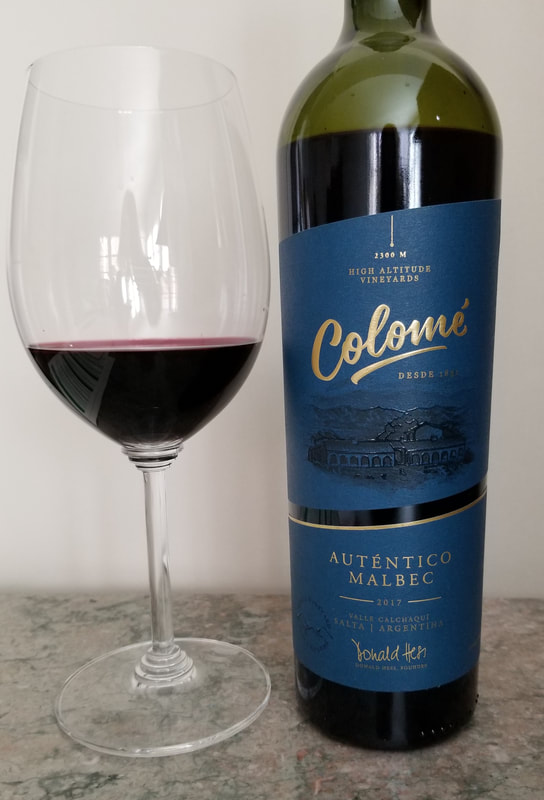
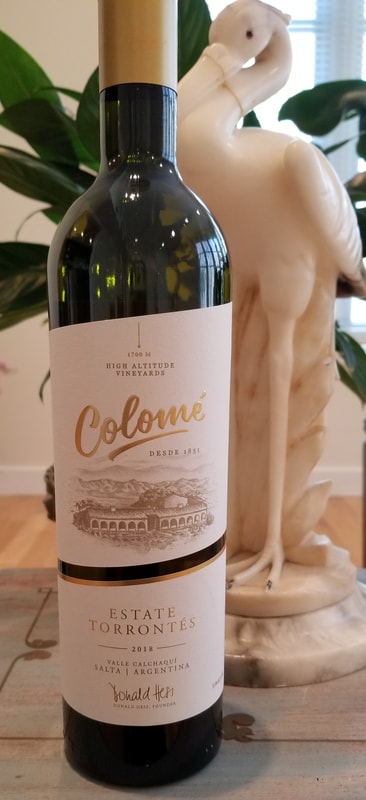
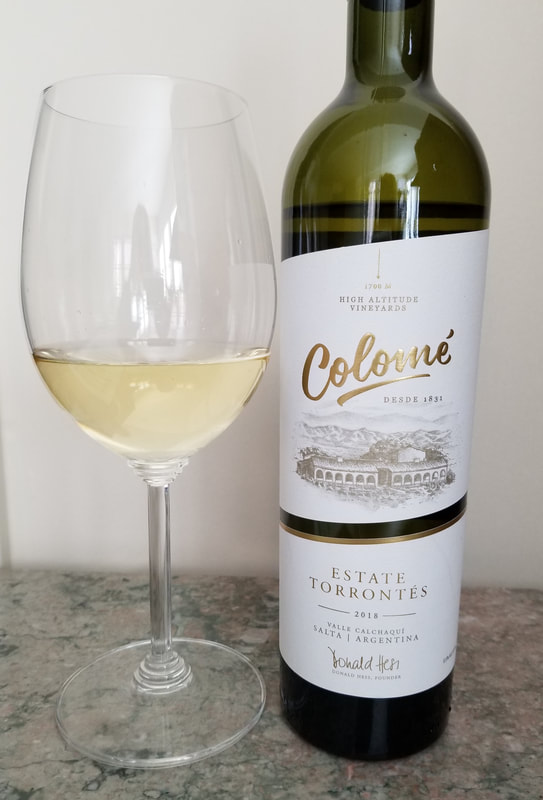
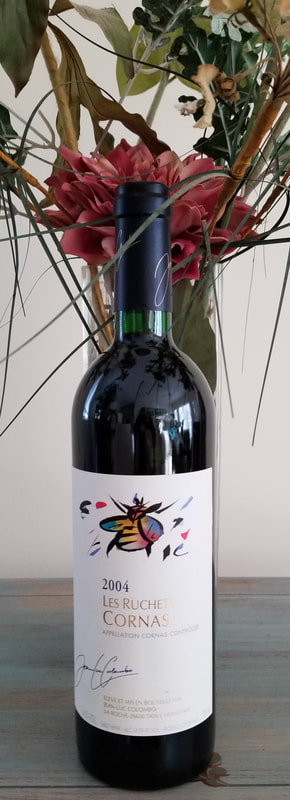
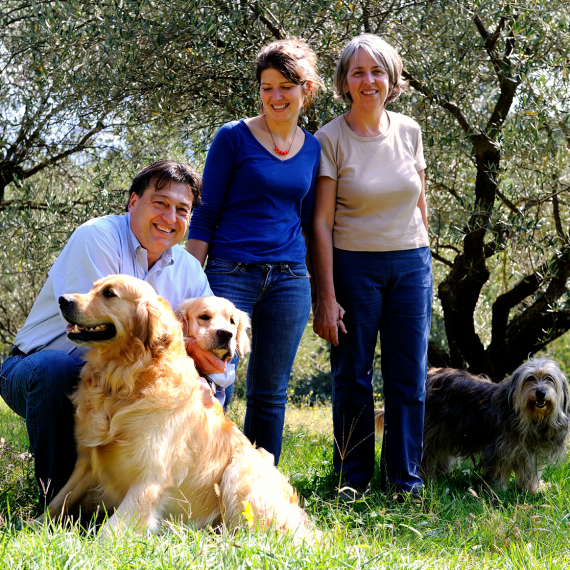
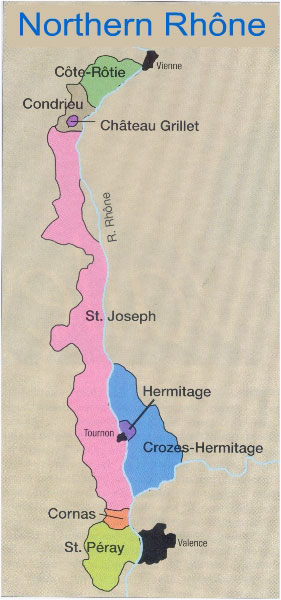
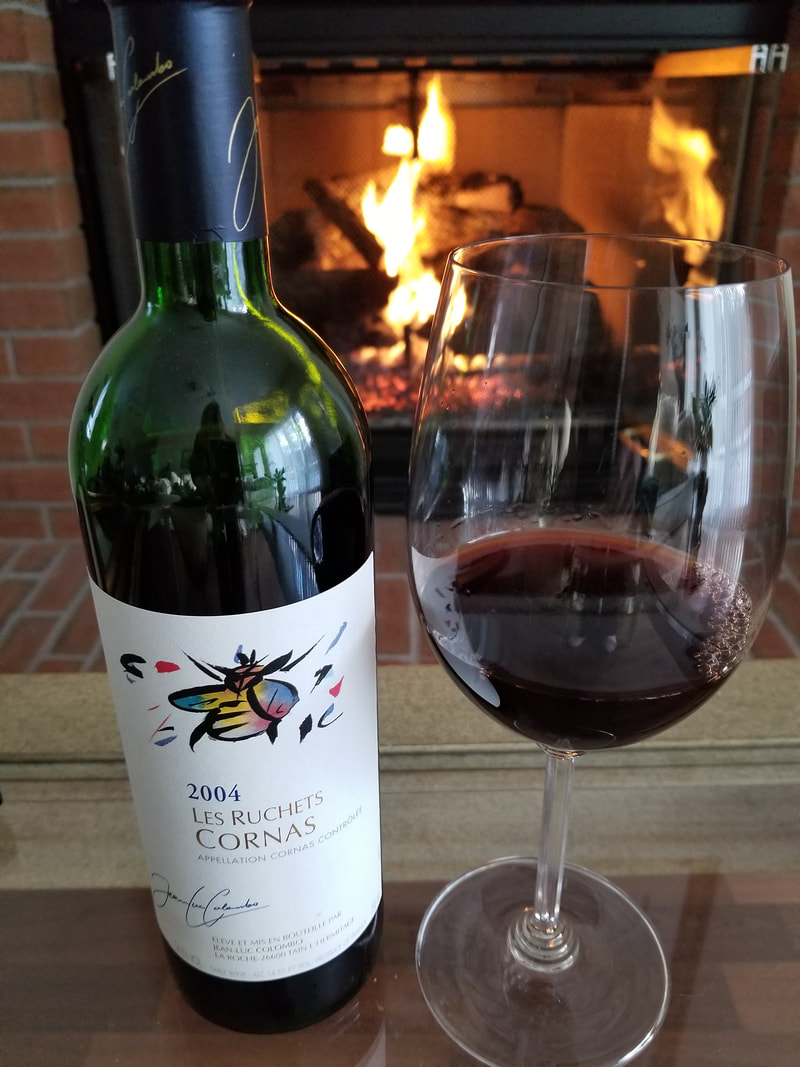
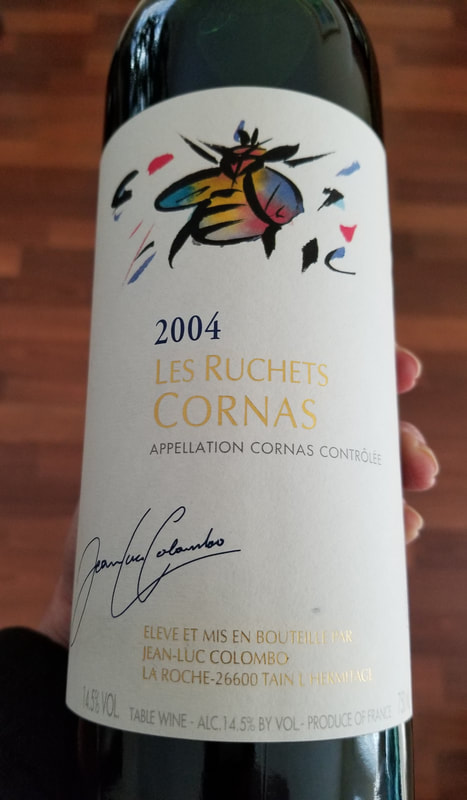
 RSS Feed
RSS Feed